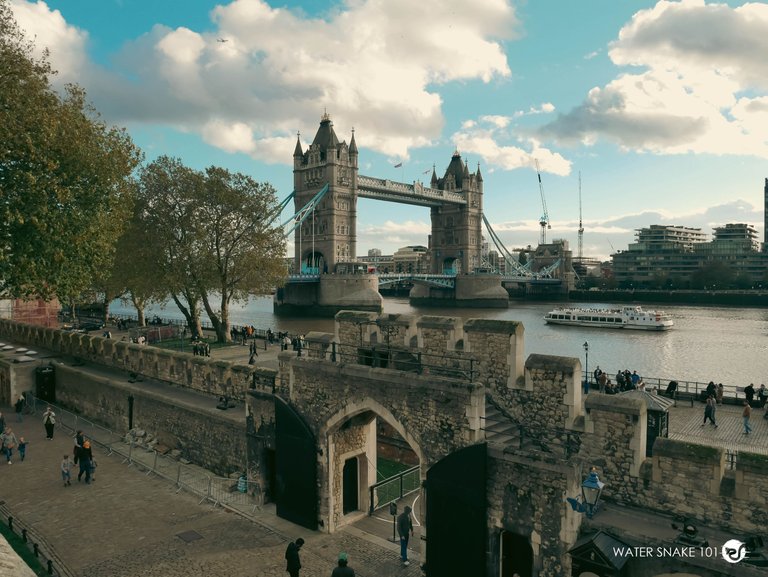

Tower of London • The Royal Palace Fortress
The Tower of London is a historic castle, a Royal Palace and fortress in the heart of London, England, on the River Thames. Built in 1066, it's been a palace, prison, treasury, zoo, and armory. Now a popular tourist attraction and UNESCO World Heritage Site.
Come join us today as we share with you our tour of this iconic tourist destination. Welcome to the Tower of London.
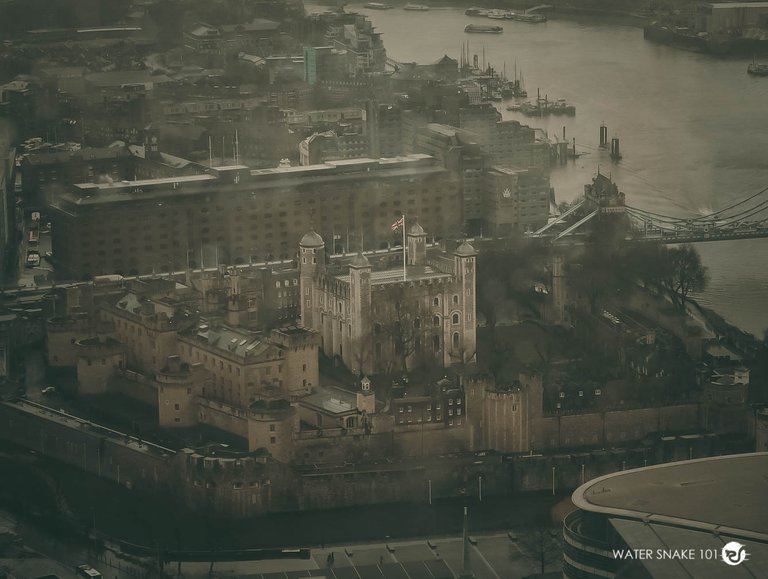
The Tower of London is home to many fascinating places, including the White Tower, the Bloody Tower, the Jewel House, the Medieval Palace, the Royal Menagerie, the Royal Chapel, and the famous Traitors' Gate. Each of these places has its unique history and story to tell, making the Tower of London a must-see destination for anyone interested in British history and culture.
The fortress is huge and be prepared to do a lot of walking if you plan to see everything inside.
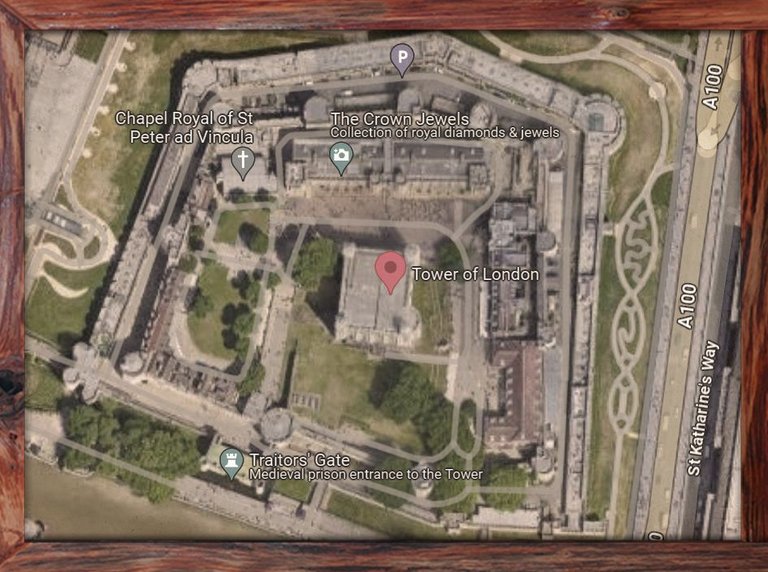
Entrance to the tower will cost you £34.80 per person. Another option is becoming a member for £65.00. This will allow you unlimited entrance not only to the Tower of London but also to Hampton Court Palace, Kensington Palace, and Hillsborough Castle and Gardens. It is a great deal if you want to keep coming back for more.
The entrance is a bit pricey and we have been living in London for more than a year now until we decided to pay and see the tower.

Opening times:
Mondays and Sundays 10:00 AM -5:30 PM
Tuesday to Saturday 9:00 AM -5:30 PM
We arrived around 2 PM which is not advisable as you would not be able to see everything. It would be best to come in the morning so you would be able to take your time and relax on your tour.
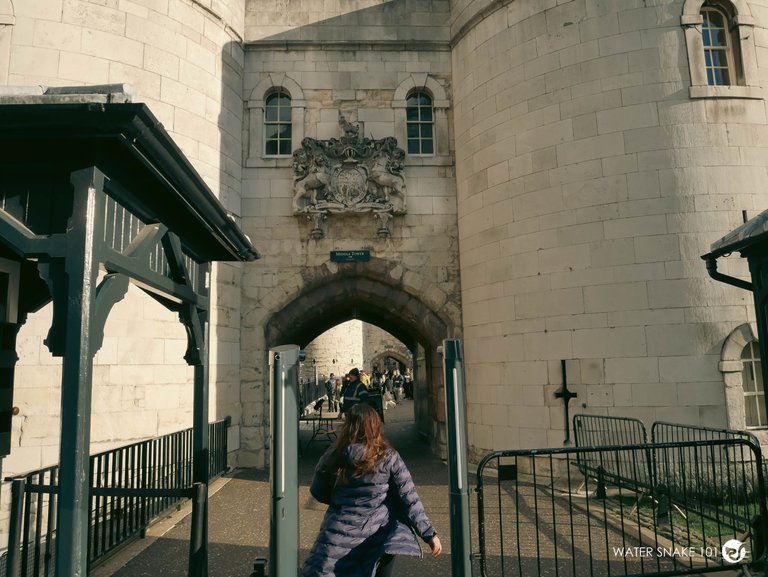
The Tower of London boasts a captivating and illustrious history. Its origins date back to 1066 as part of the Norman Conquest of England. Throughout the centuries, it has functioned as a royal residence, a prison, an armory, a treasury, a menagerie, and a public records office. Notably, the tower is home to the Crown Jewels of England. Today, it stands as a premier tourist destination and a UNESCO World Heritage Site.
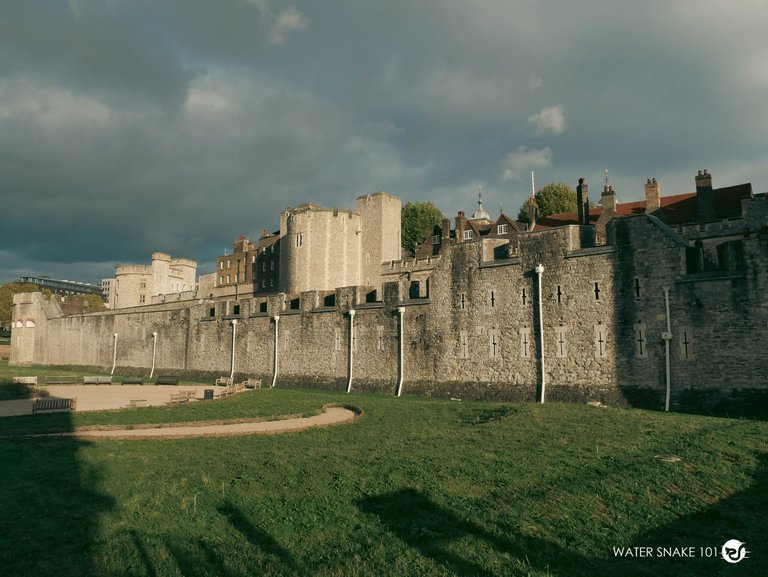
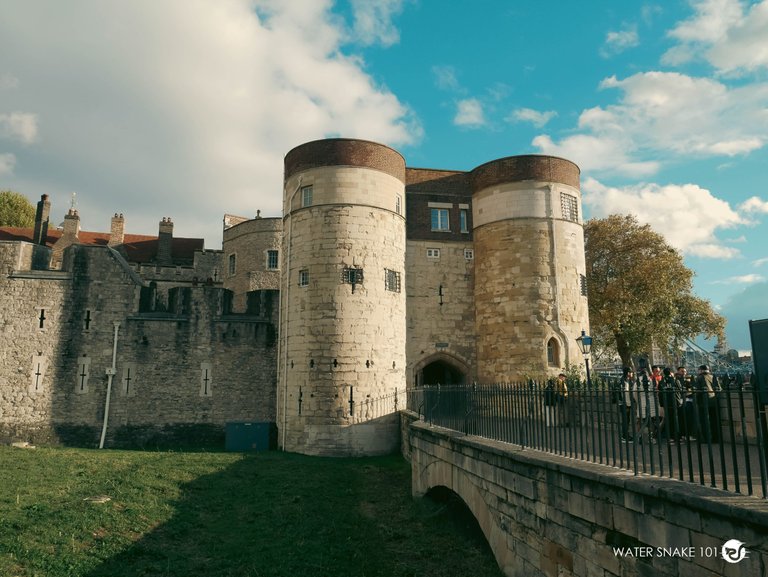
This is the main entrance to the fortress and we were very excited to get inside. It was our first time to go to an actual medieval castle and we were informed that this is the most secure castle in all of the UK.
The Middle Tower, also known as the Byward Tower, is one of the 21 towers within the Tower of London complex. Situated in the inner ward, this tower serves as a prominent gateway into the Tower grounds. The Middle Tower has a fascinating history, having been used for various purposes over the centuries, including as a royal palace, a prison, and a treasury.
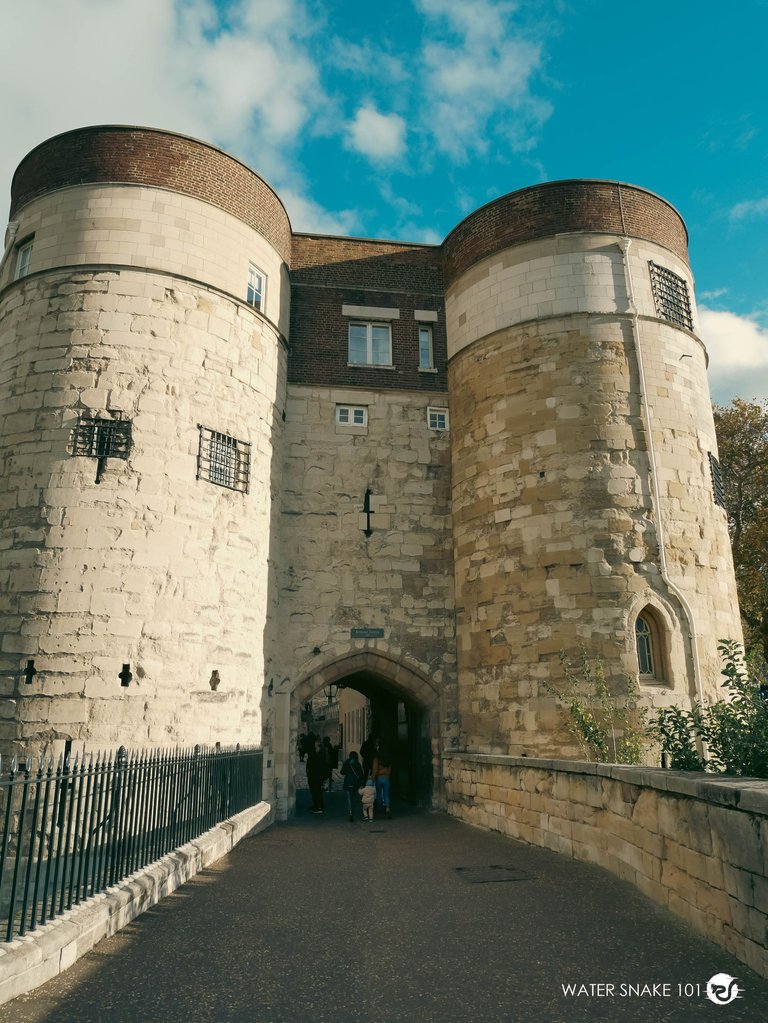
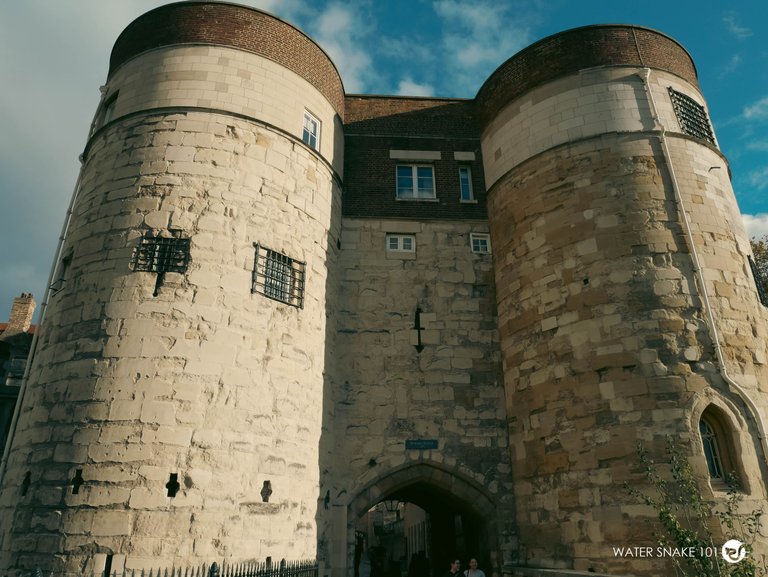
Passing through the gates will transport you to a different world. Imagine if these walls could tell stories of the days gone by. As we walked along the streets of the castle we did not know where to start as there were many places to see.
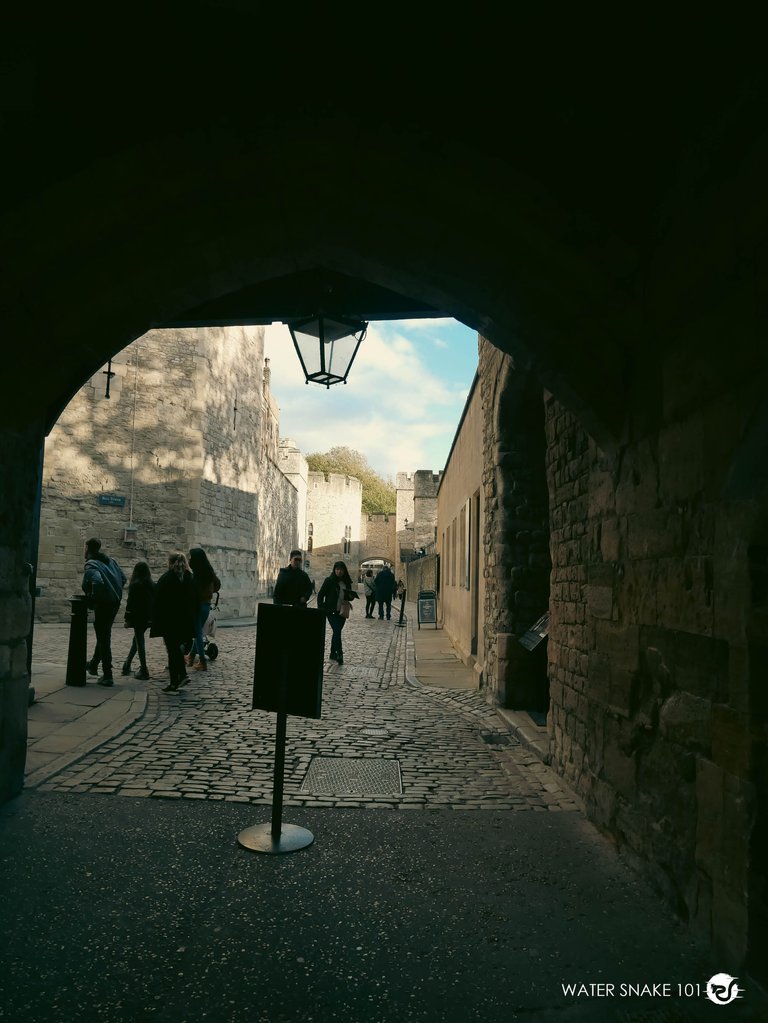
We could join in a guided tour to listen to stories about the past about kings, queens, prisoners, and historical events. The guided tour will last 45 minutes. Maybe we could join the tour next time. As for now, we were just the ones who refused to go with the crowd and explore the castle on our own.
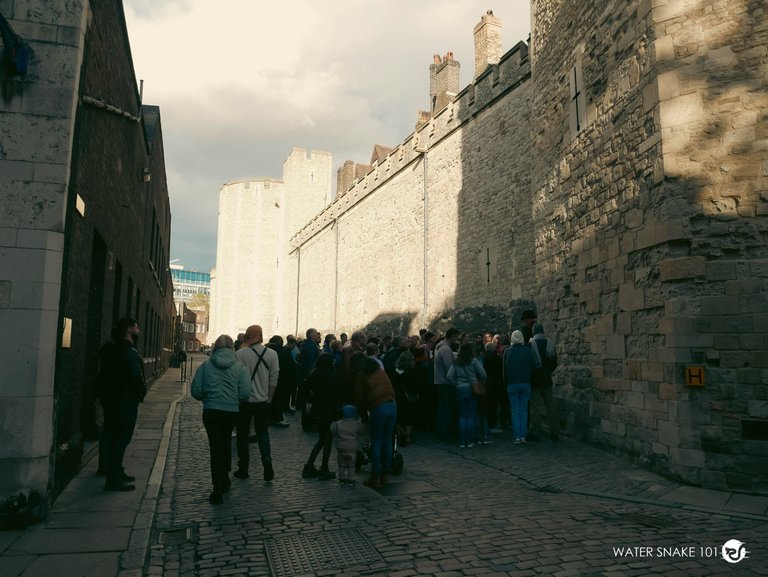
There is a map of some areas where it will tell you the points of interest in each area. We just followed the flow closest climbed the stone stairs on the right and entered the first tower.
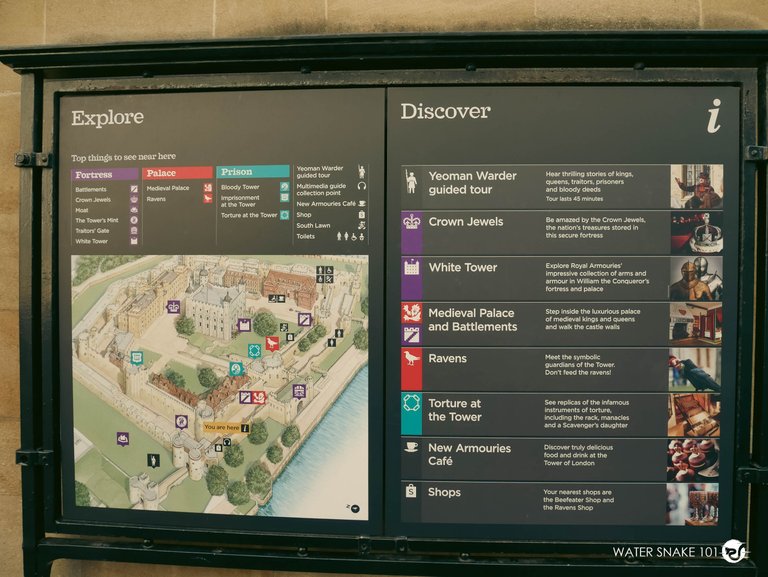

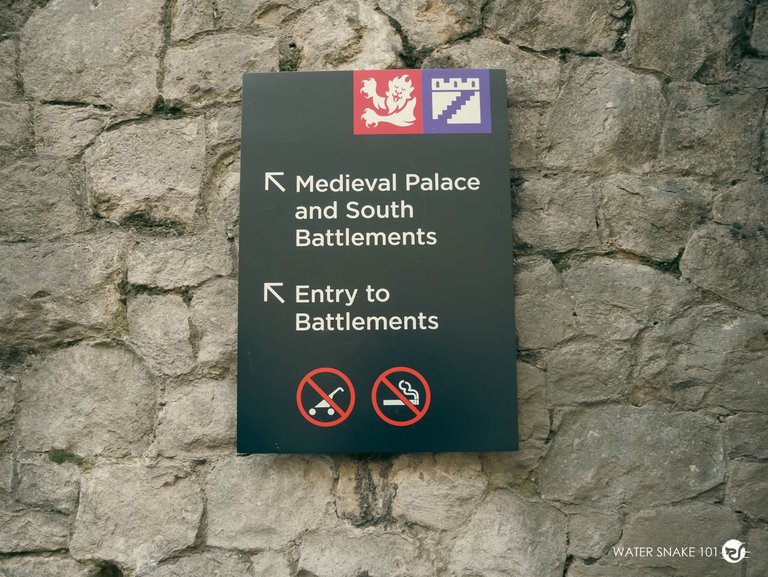
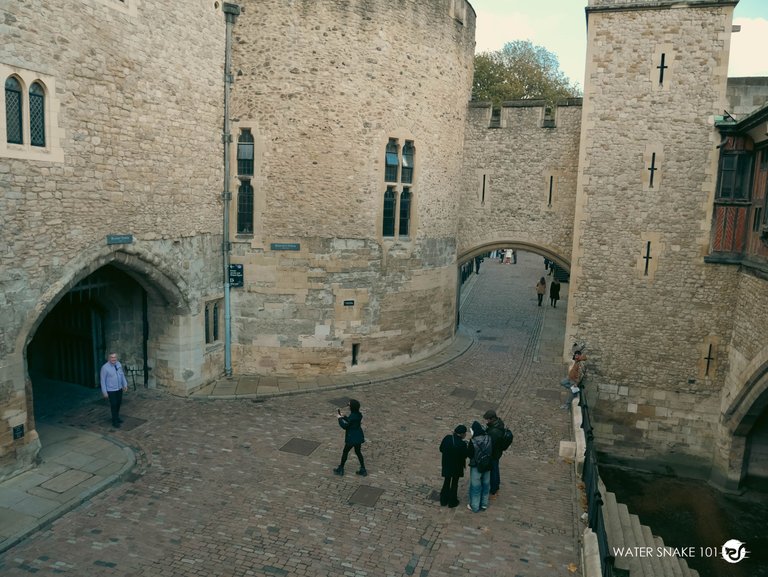
We ended up in St Thomas's Tower and saw the hallway and bed chamber of King Edward I. I would imagine King Edward I's medieval bed chamber would have been a lavish and opulent space, reflecting his status as a monarch. It would have likely featured rich tapestries, ornate furniture, and a large, intricately carved bed adorned with luxurious fabrics. The chamber may have also included a fireplace for warmth, as well as windows to let in natural light. King Edward I's bed chamber would have been a private and important space, where he could rest, entertain guests, and attend to matters of state.

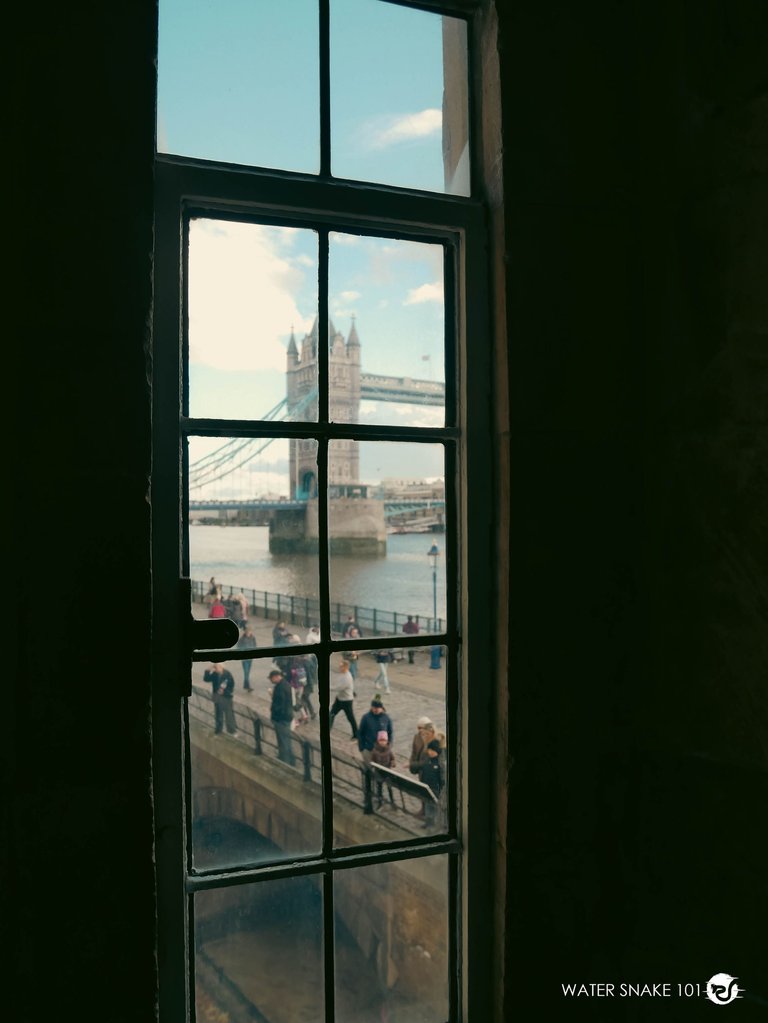
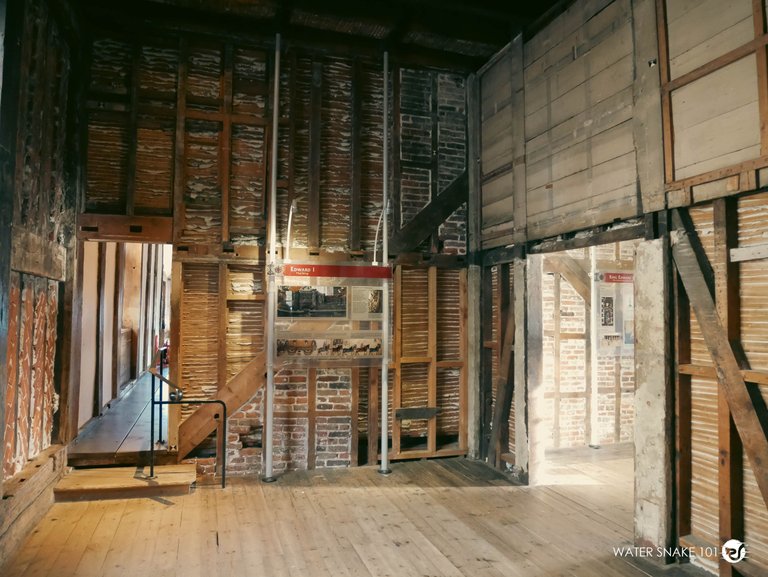
I would be correct with the lavish fabrics used in his bed chamber. Here are samples of some of the fabrics where you could touch and feel the fabrics used by the royalty.
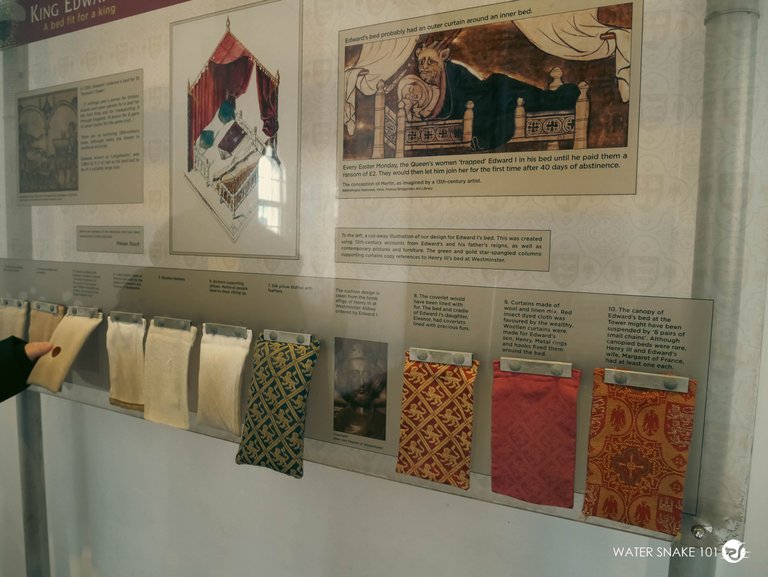
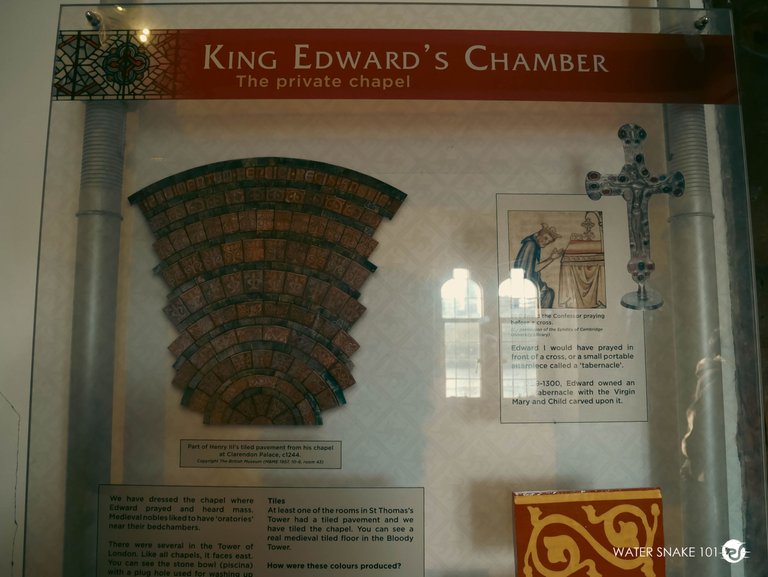
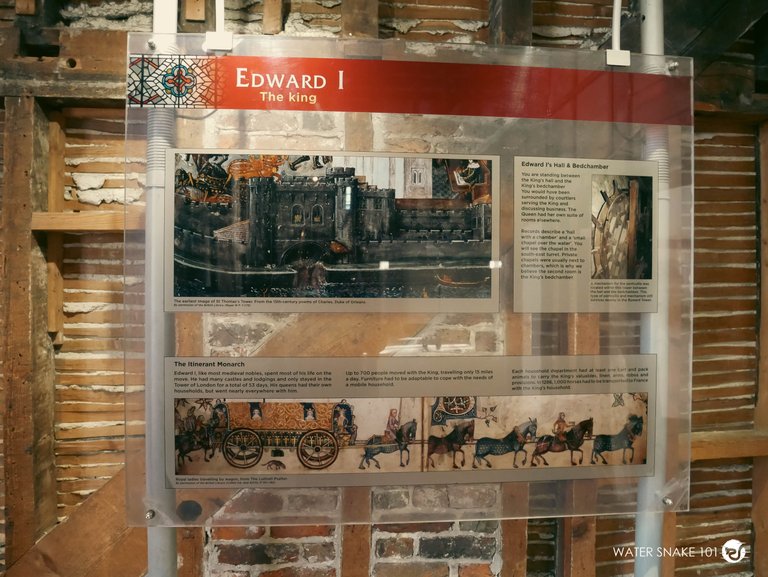
There is a window and a fireplace inside the bed chamber as I have imagined. The bed chamber and the furnishings a just a reconstruction it may not look luxurious by today's standards but I am sure this is luxury during this era.
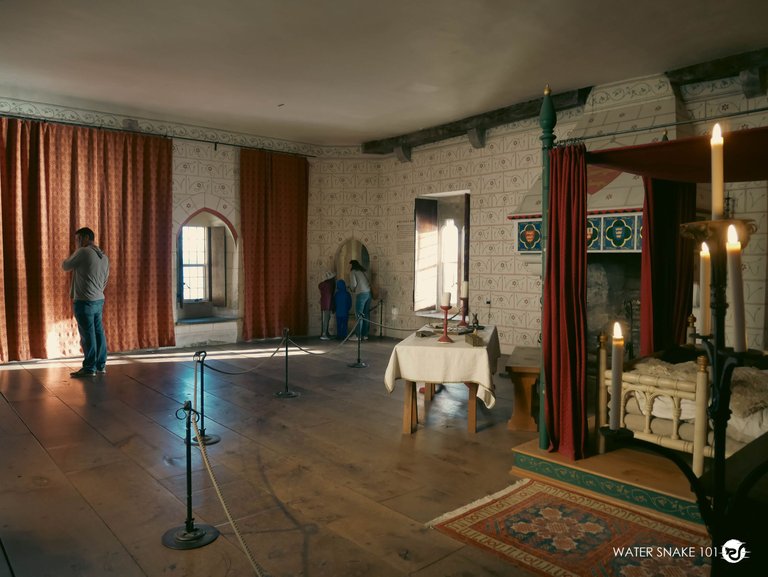
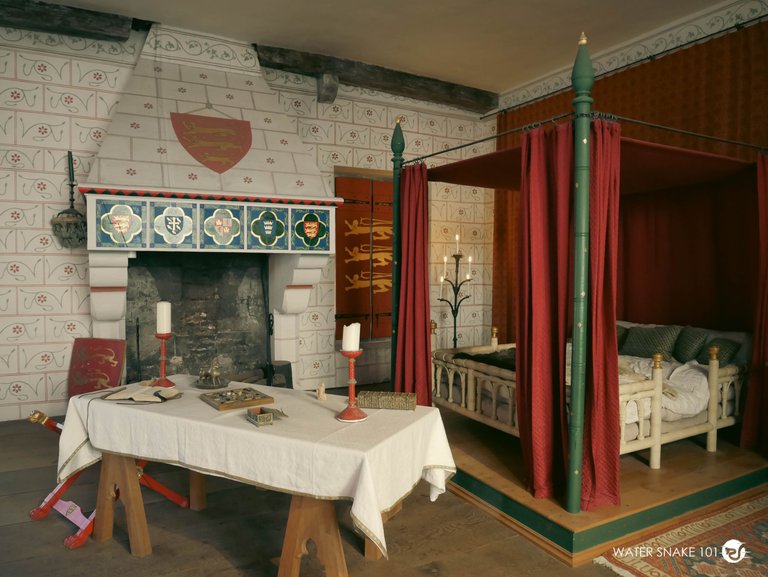
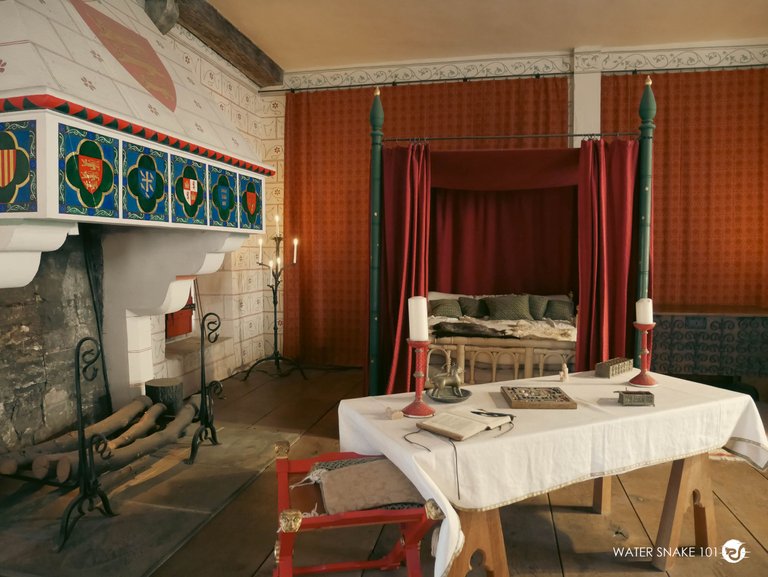
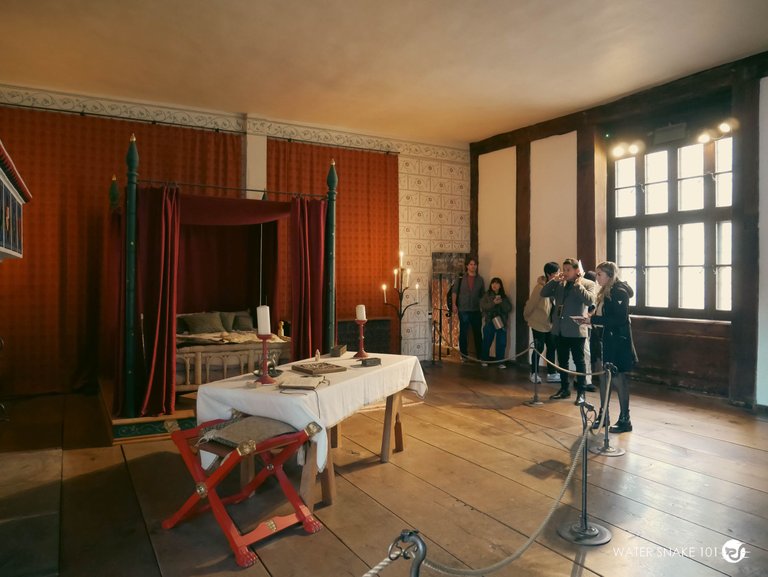
The chamber includes a Chantry Chapel as every royal chamber should have one. It was told that Henry VI was murdered while praying in this chapel. We thought that this was the place where he was murdered but there seems to be another chapel which we will see later.
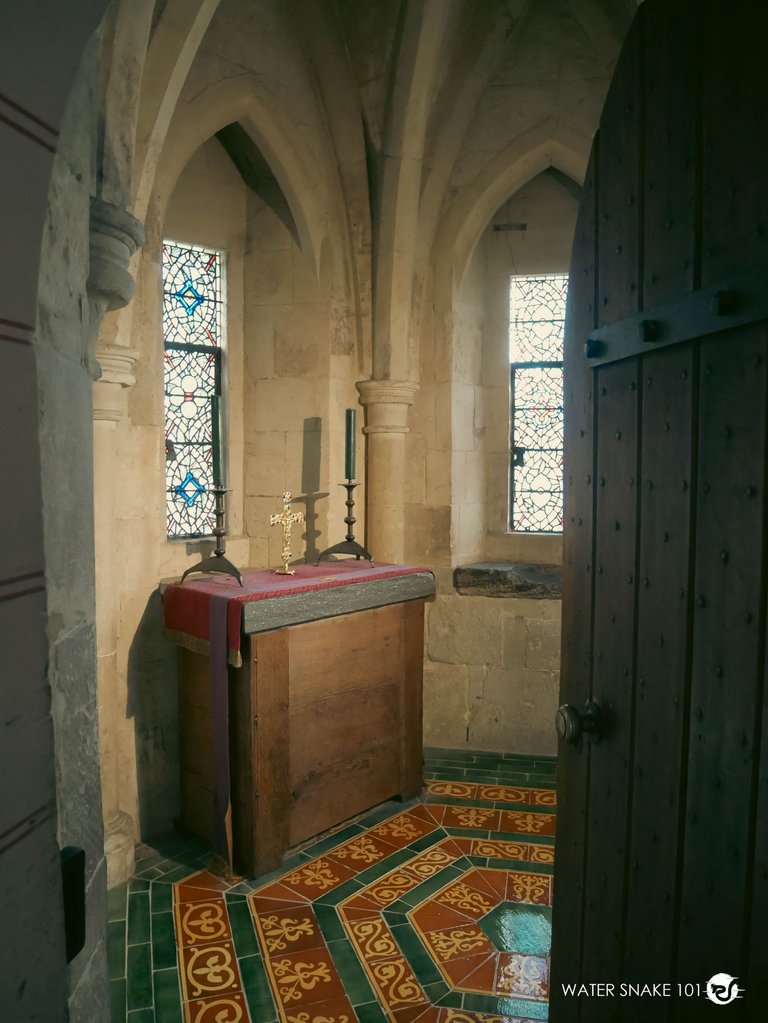
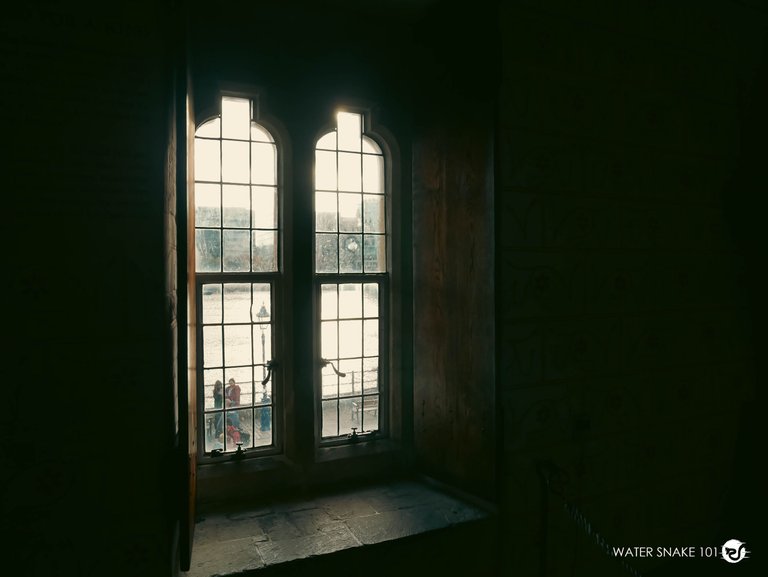
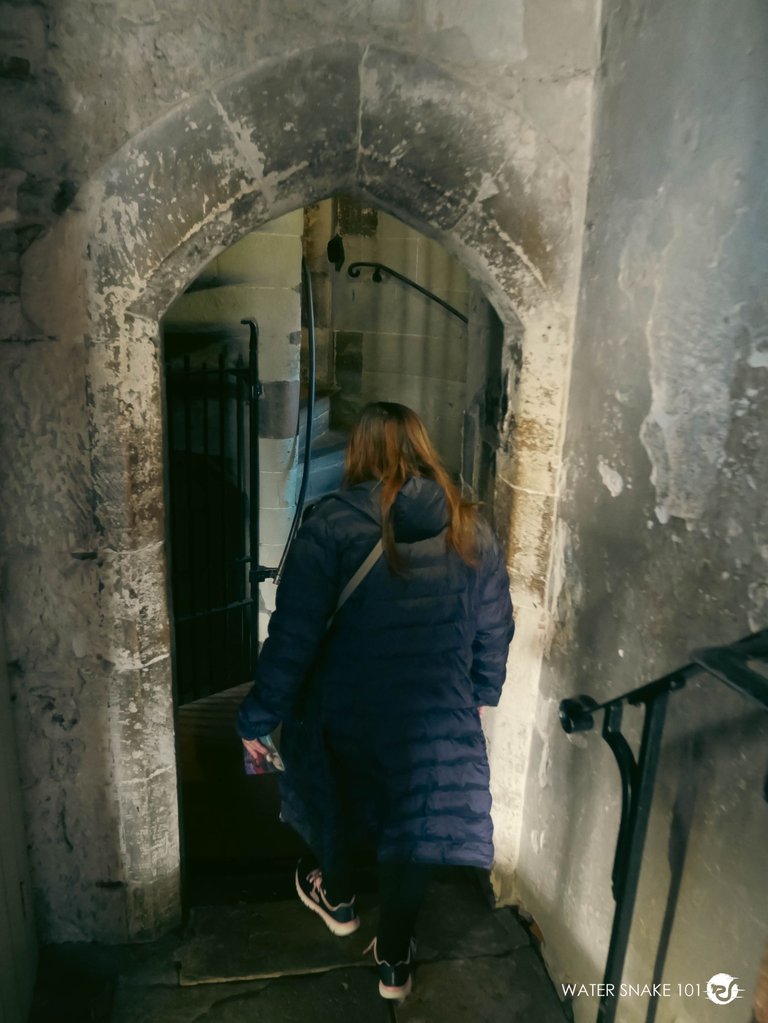
We have reached the throne in the Council Chamber. The Council Chamber is a historic and significant space where important decisions were made throughout the centuries. It has witnessed key moments in English history and served as the setting for royal councils and meetings.
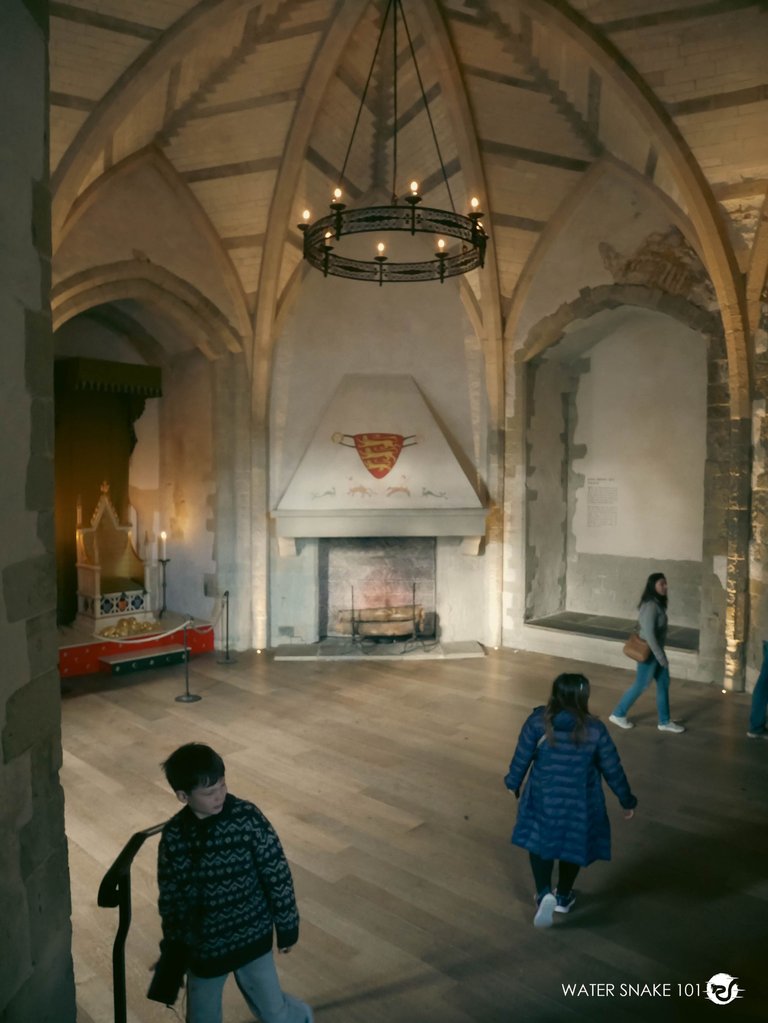
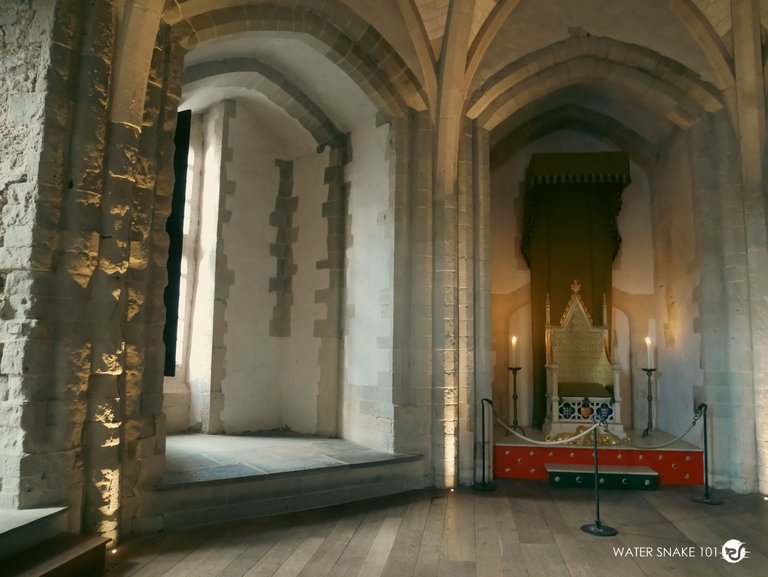
The throne and the other furniture here is a replica of the original inside the Council Chamber. The throne looks grand but doesn't look too comfortable to me.
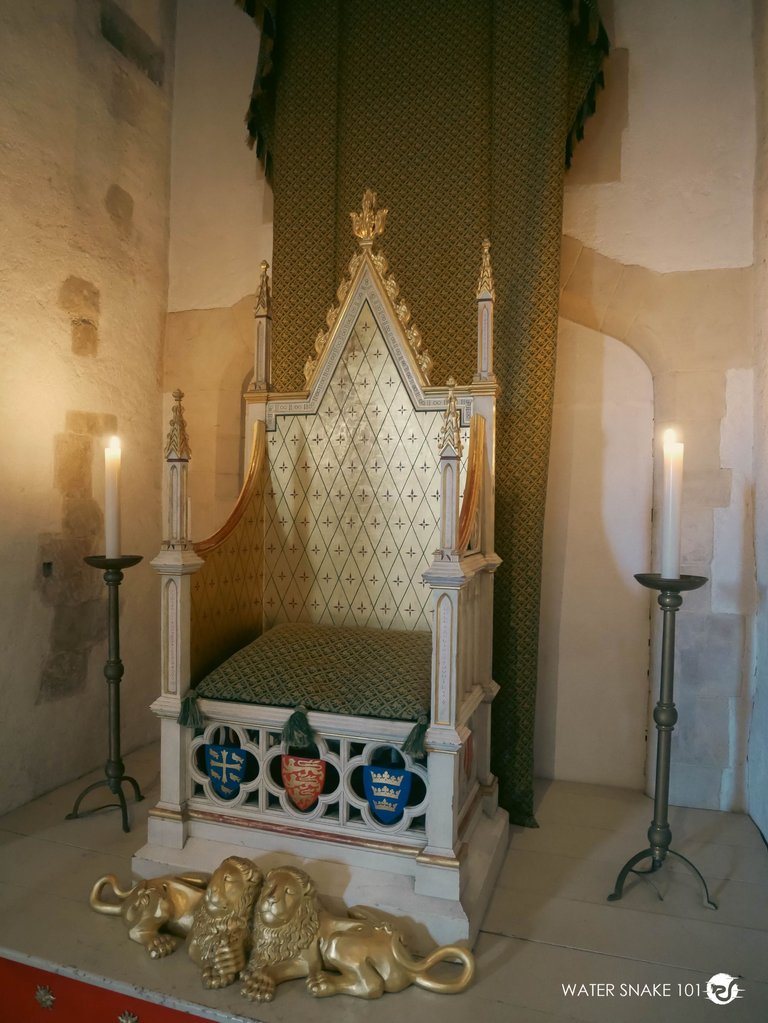
This is the infamous chapel where King Henry VI has been murdered. It has been said that it was orchestrated by his cousin. Inside the chapel is a marble tablet to mark the spot where the king met his end.
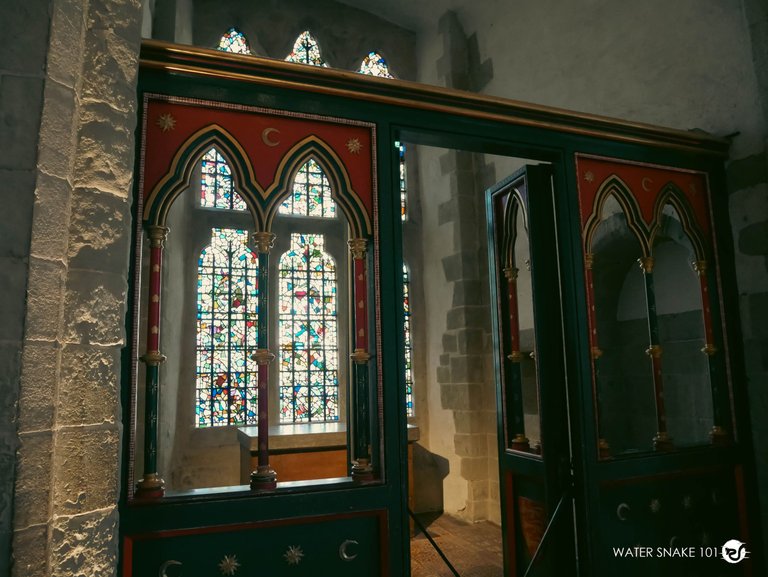
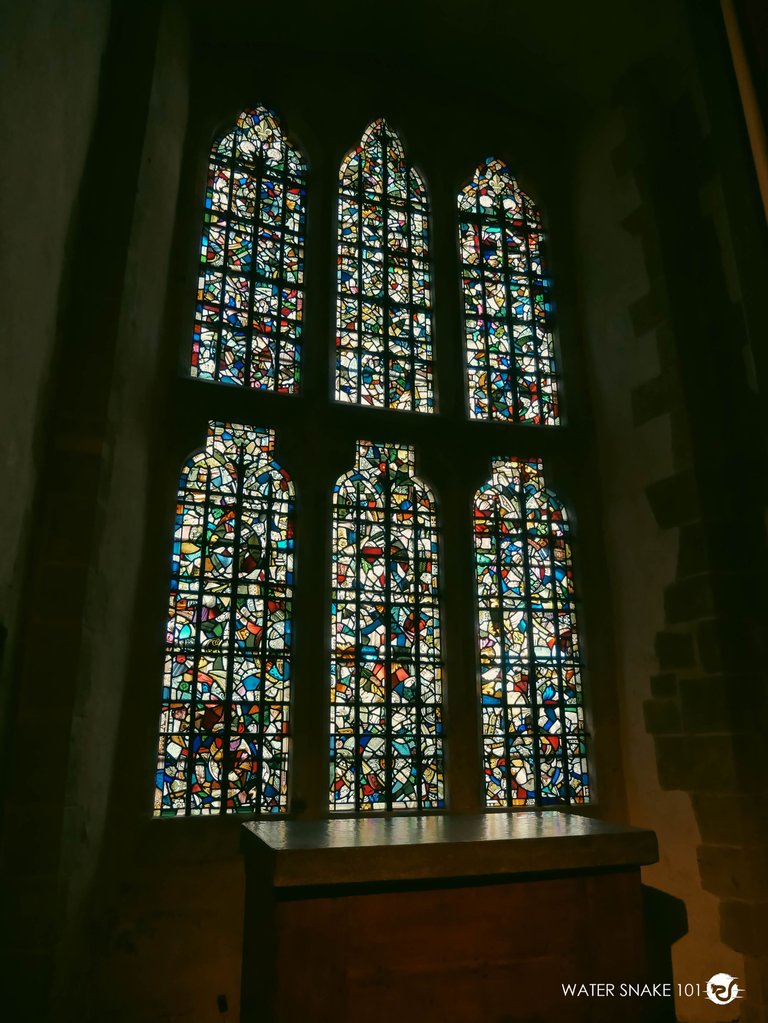
We exited the chamber and went down this spiral staircase and ended up on a walkway leading to the next tower.
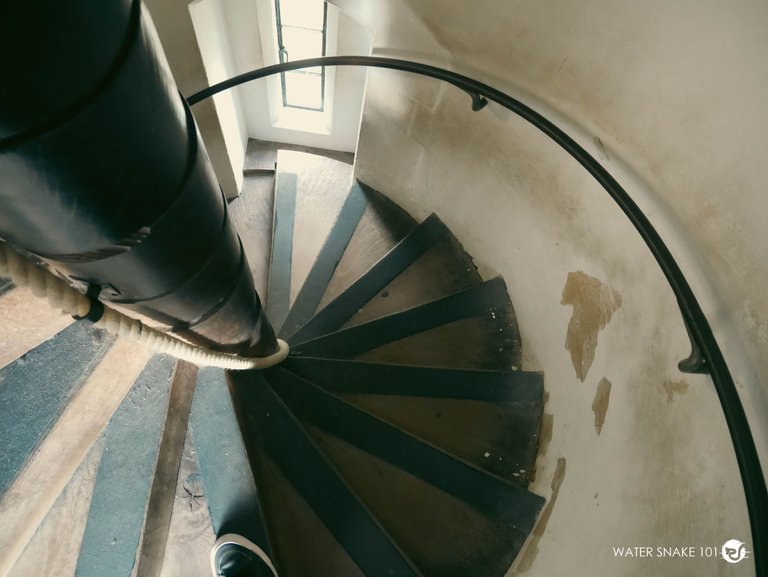
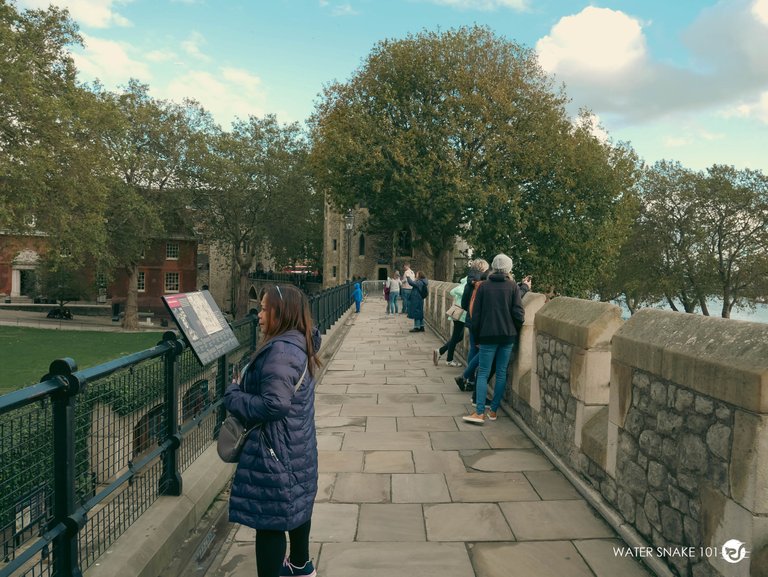
From the walkway, you can see cages where the ravens were being kept. We will visit them later as we go along with our exploration.
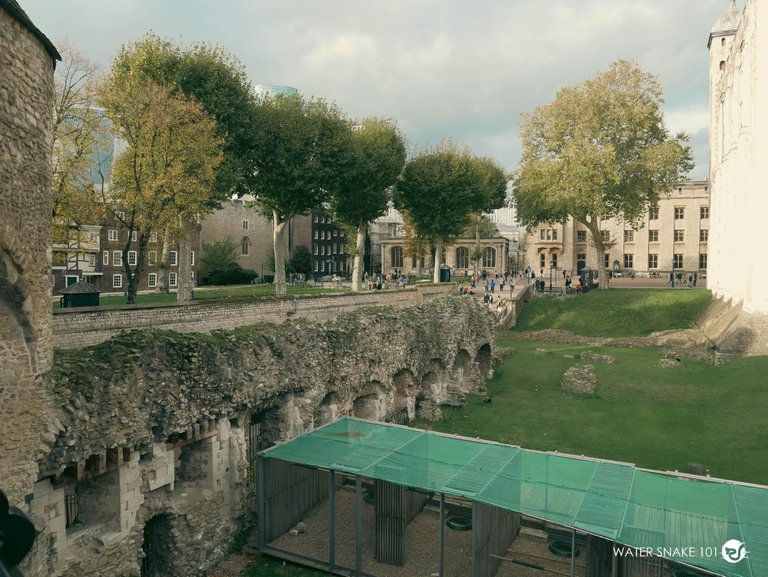
We have reached Lanthorn Tower. The Lanthorn Tower is a fascinating part of the Tower of London. Situated on the southeast corner of the innermost ward, this tower has a distinctive lantern-shaped top, which gives it its name. It served as a watchtower and also housed the royal observatory during the medieval period. The Lanthorn Tower offers a glimpse into the strategic and practical aspects of the Tower's function throughout history. This tower is also a part of the lodging of the queen of Henry III. It was destroyed by a fire in 1774. It now houses some medieval artifacts from King Edward's reign.
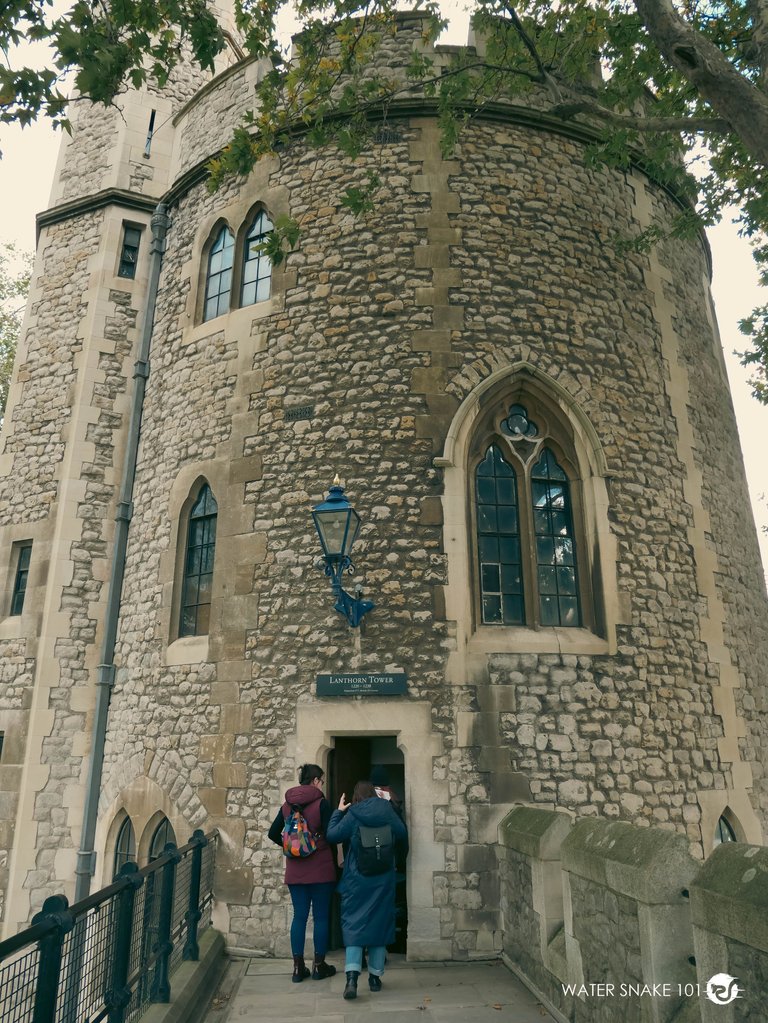
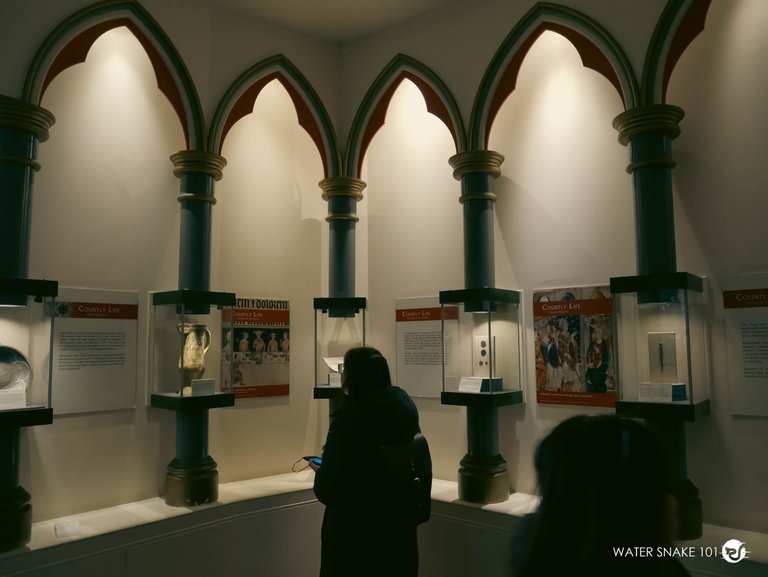
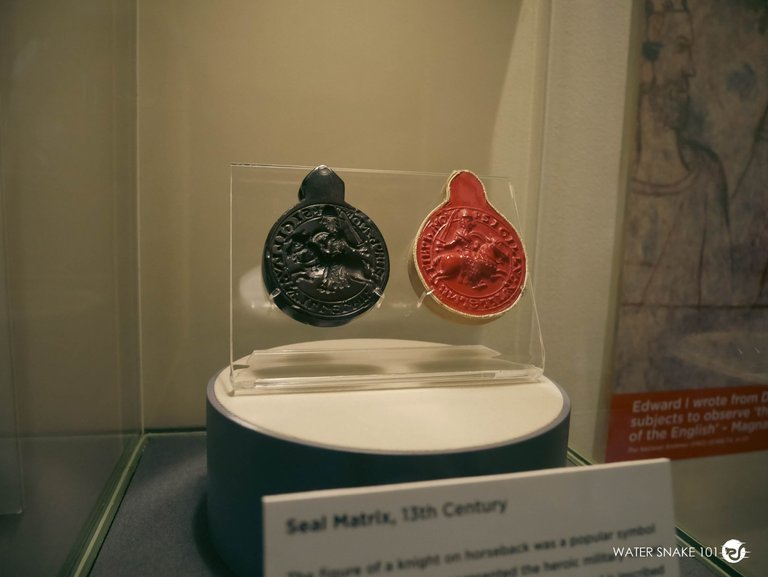
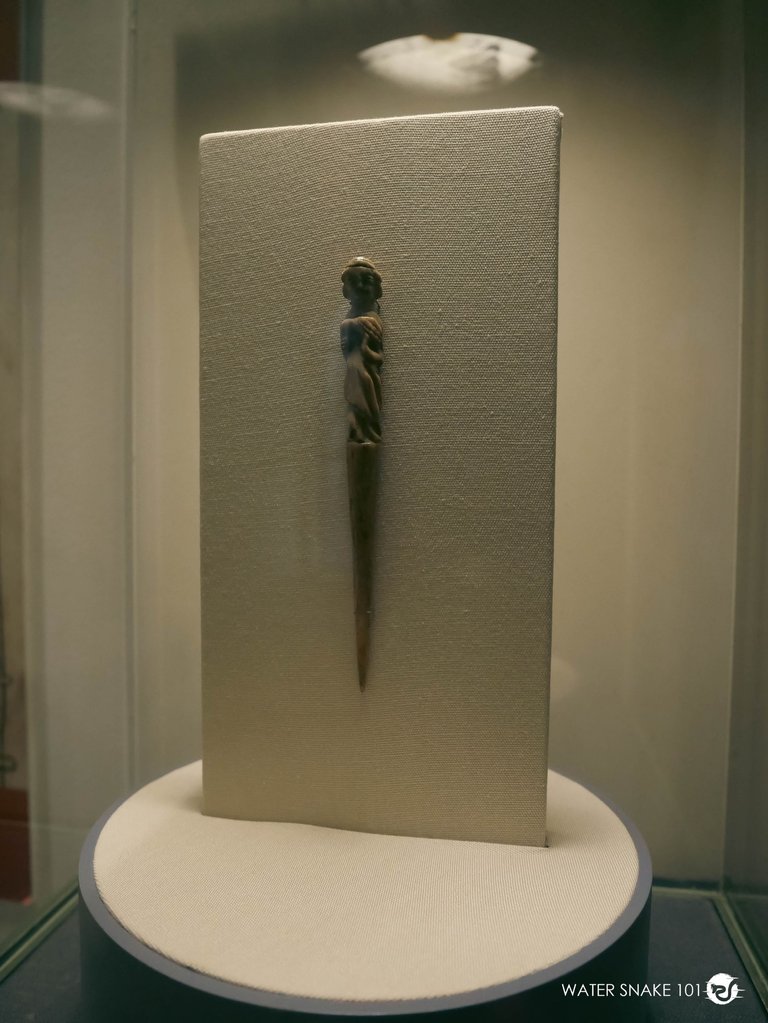
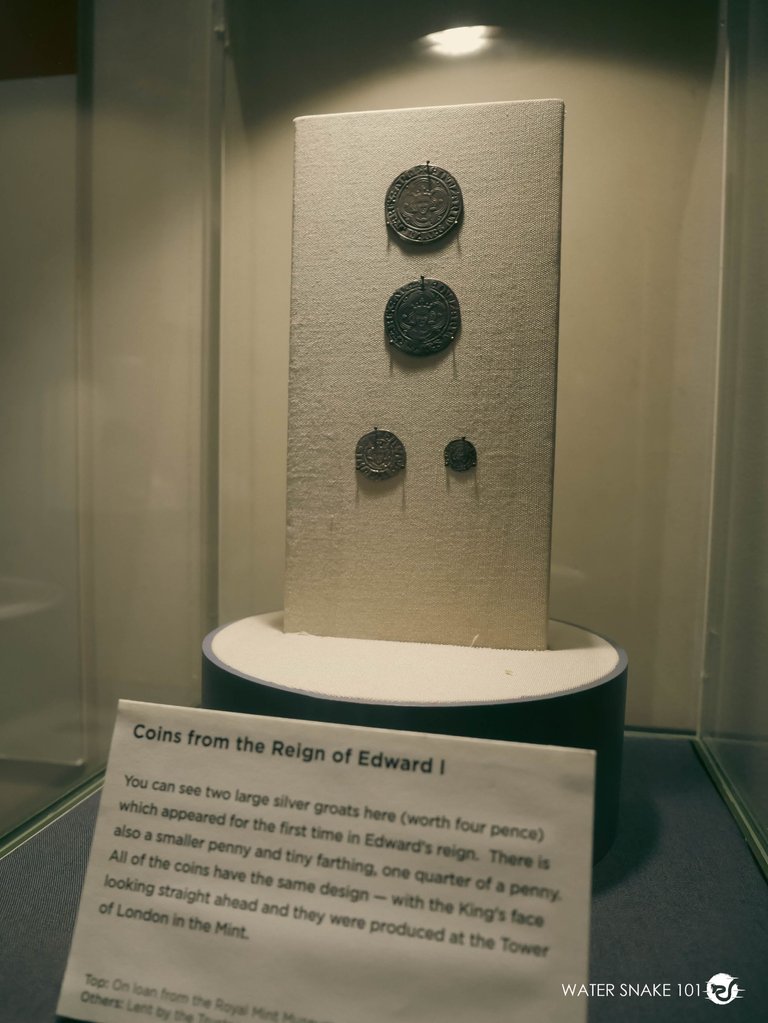
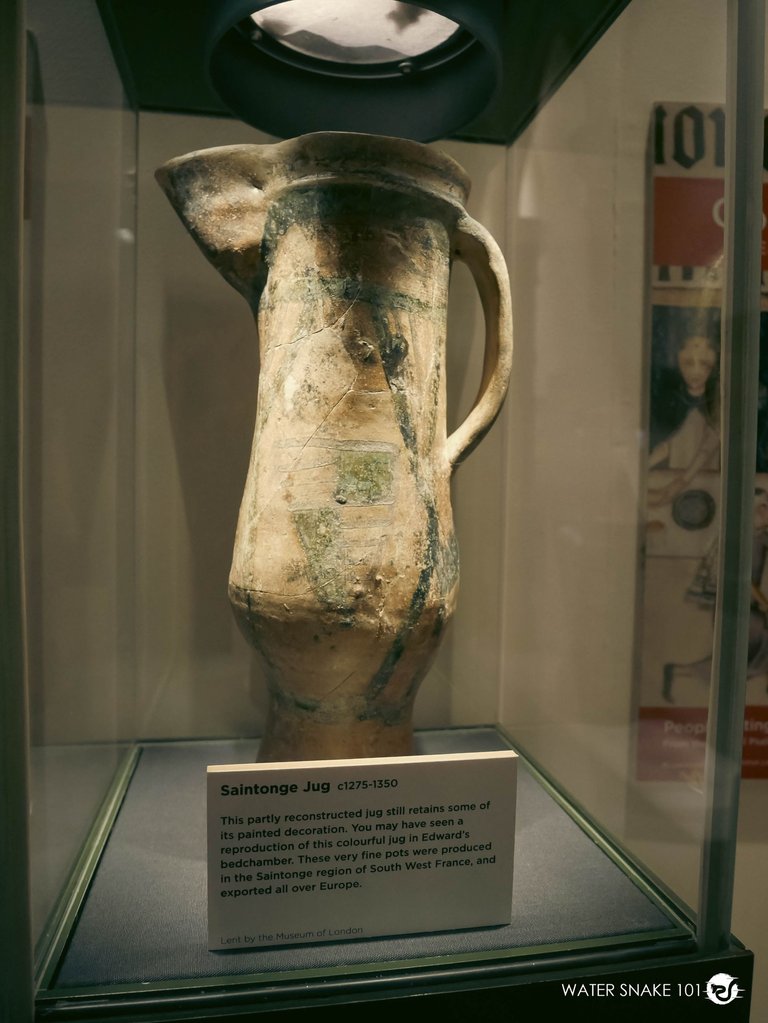
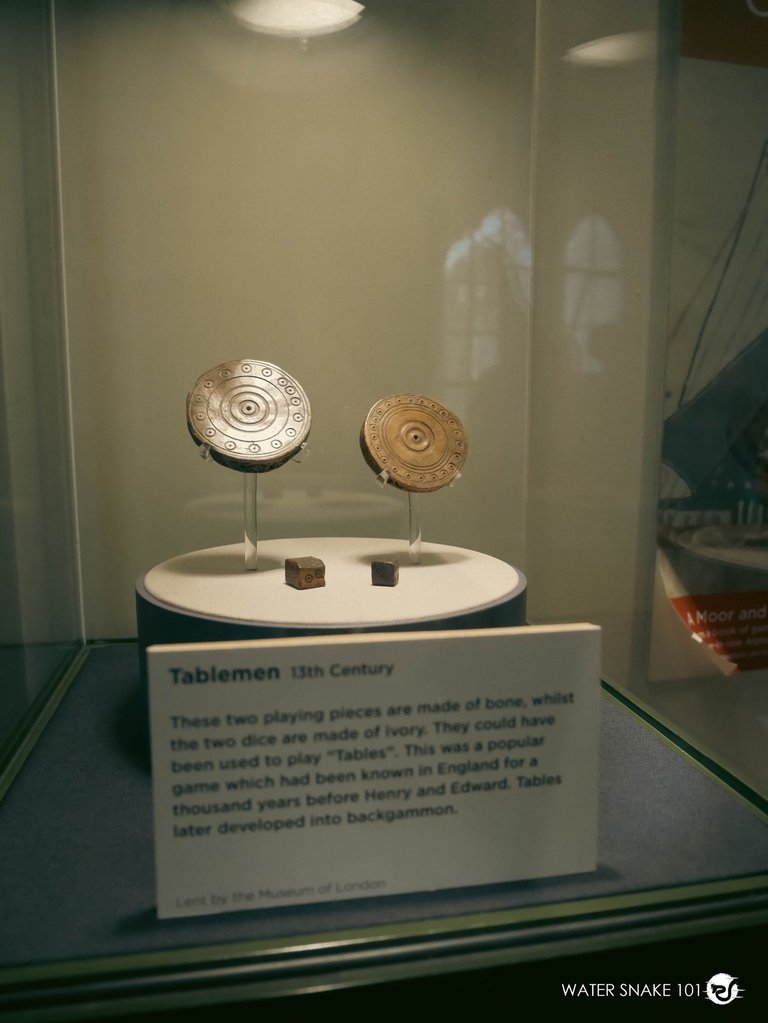
Another view of the courtyard from the walkway of the castle shows more interesting places to explore beyond the walls.
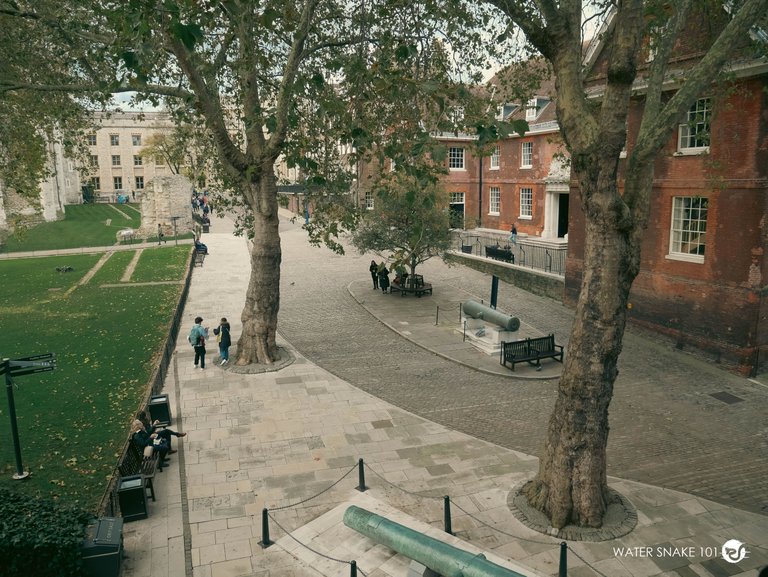
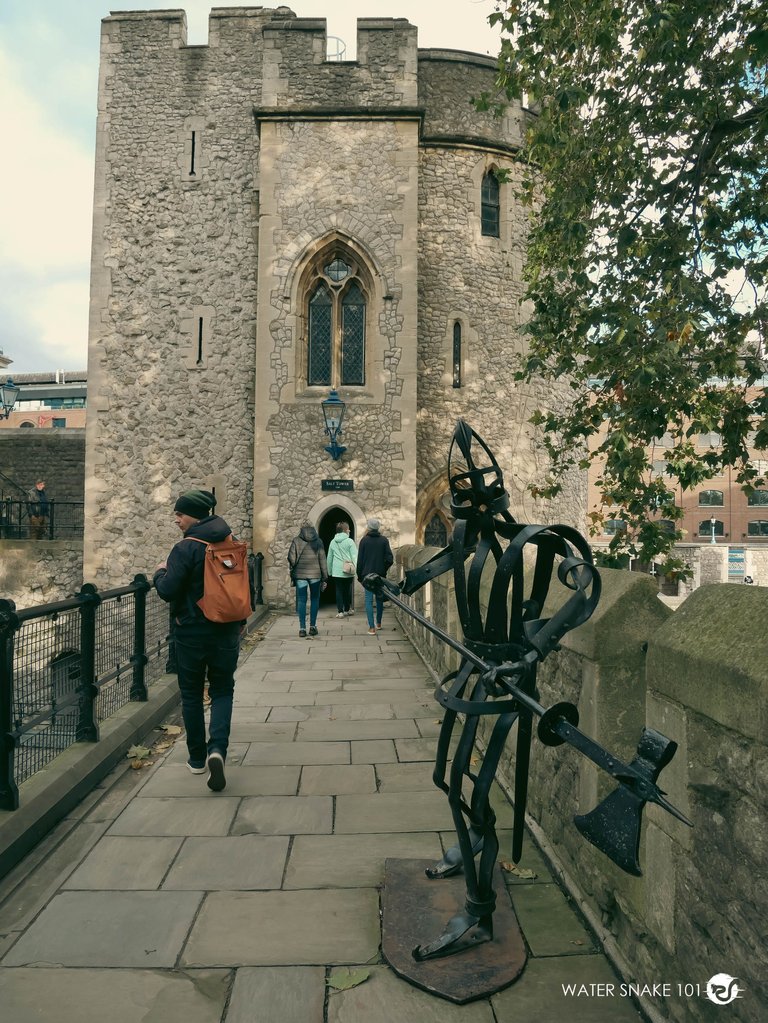
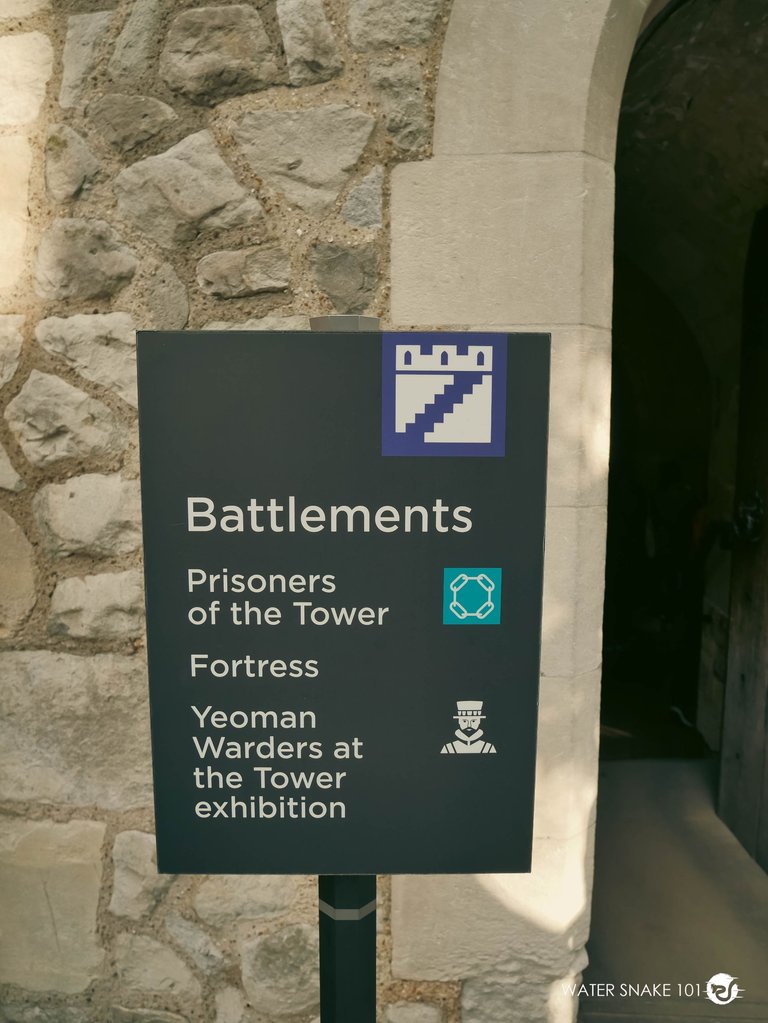
This is the Salt Tower and was suggested that this is the place where salt was stored. We know that salt was very expensive in the past. This is where the Lords and higher-ranking personnel enjoyed salt during meals at the high tables. The commoners and servants sat at the lower tables unable to enjoy salt with their food. The tower also has a dungeon in the basement and graffiti from prisoners can be seen.
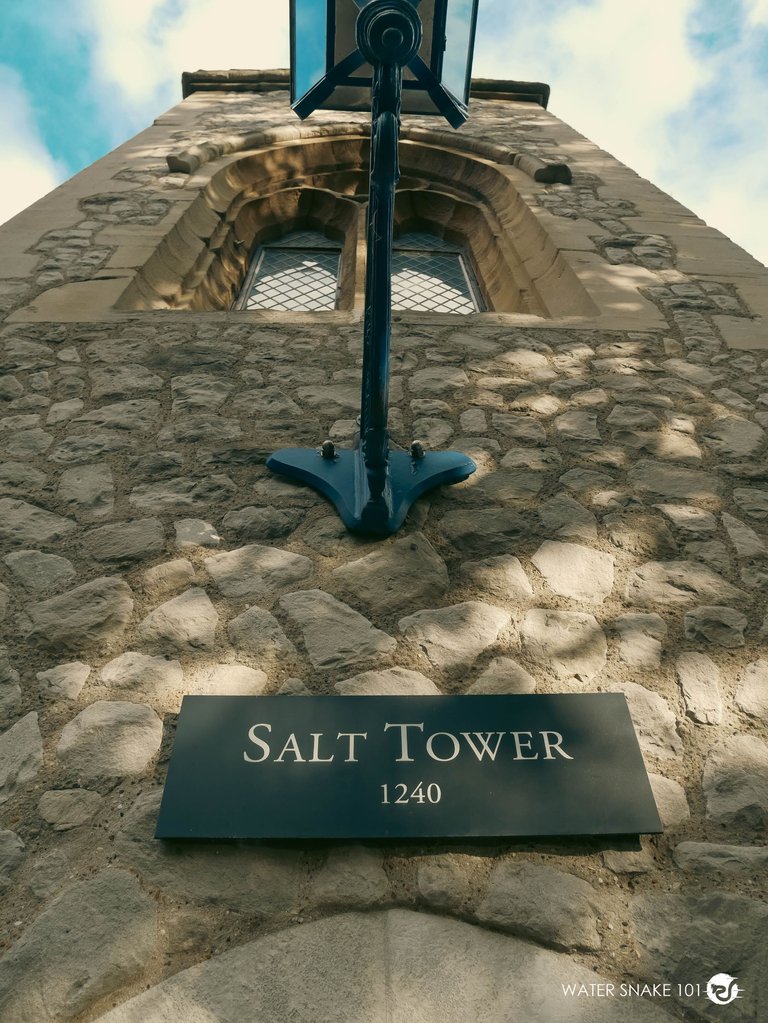
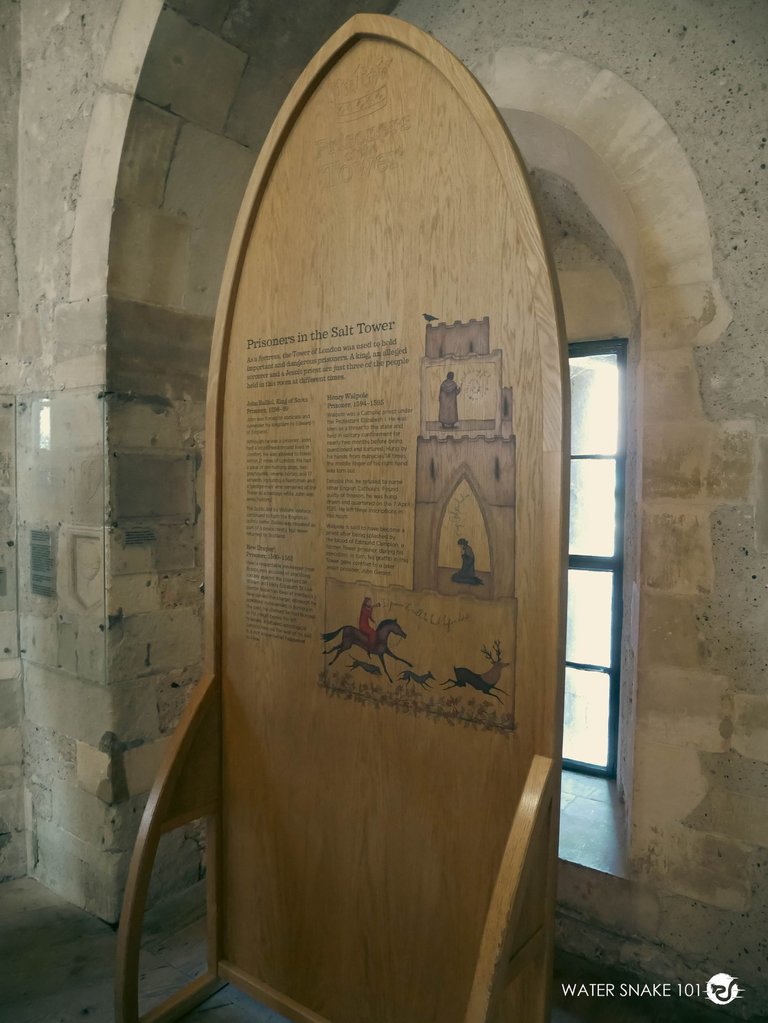
We exited the Salt Tower to head out to the next one. On our way, this is another view from this side of the courtyard.
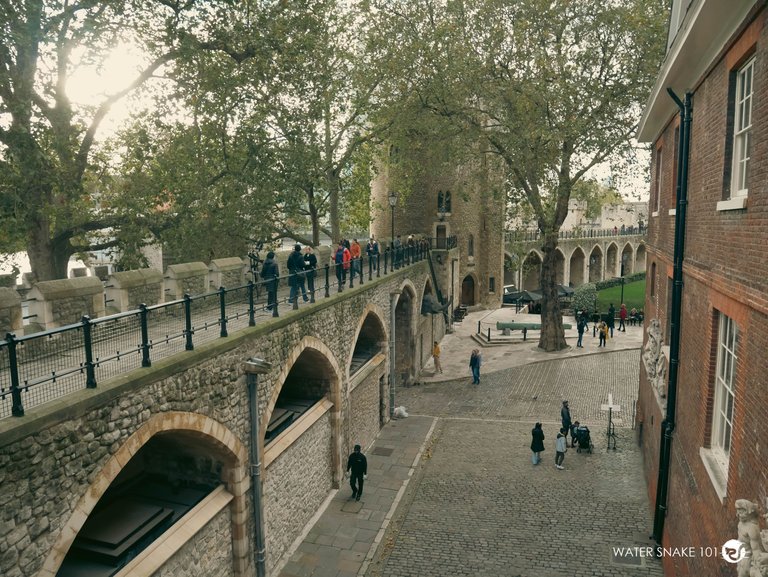
The Broad Arrow Tower guards the royal supplies and the wardrobe. A guard tower manned by 35 soldiers to protect the tower of the king's palace and also the king's prisoners.
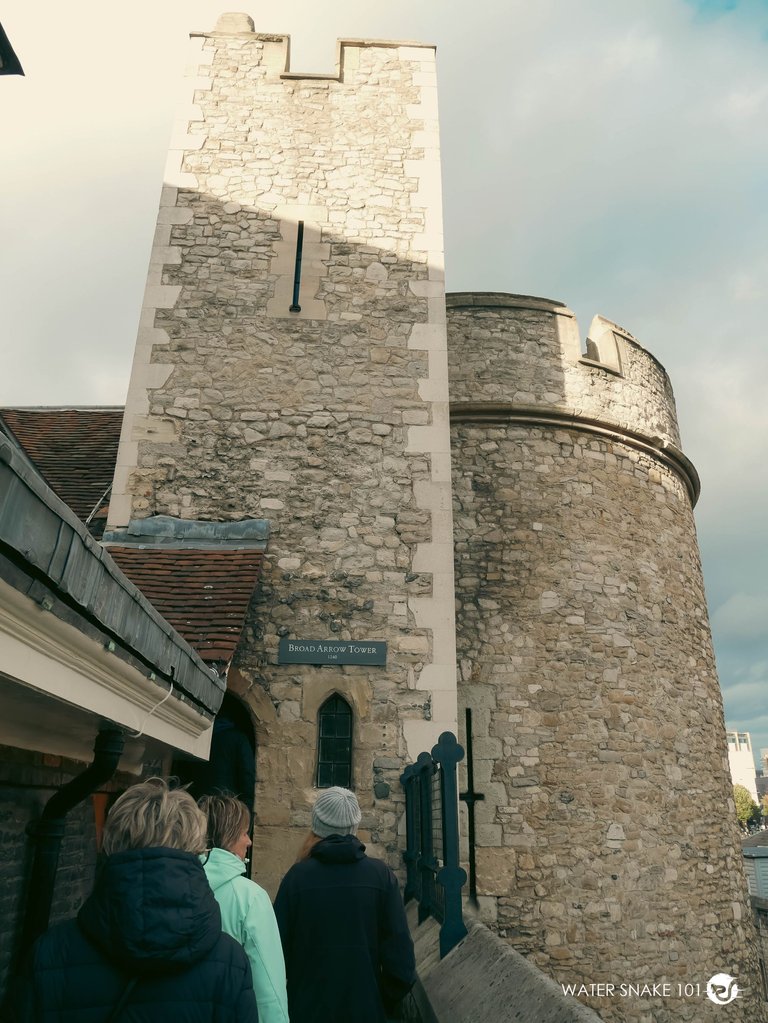
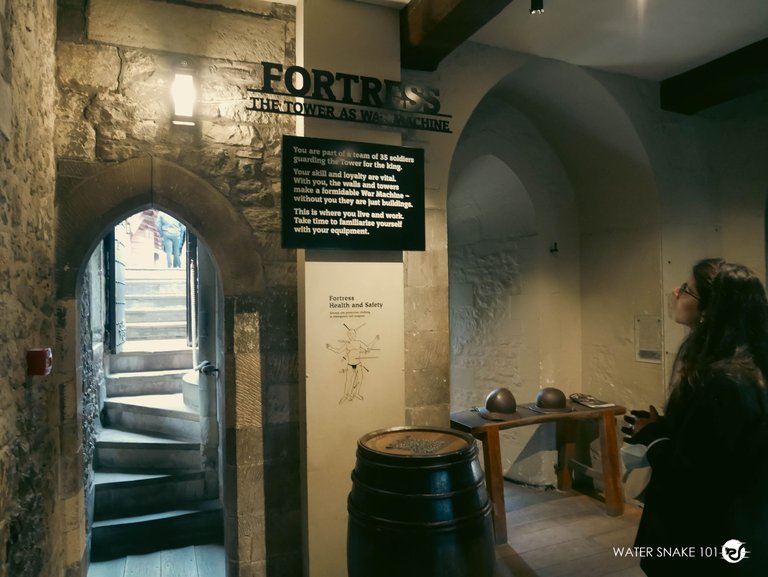
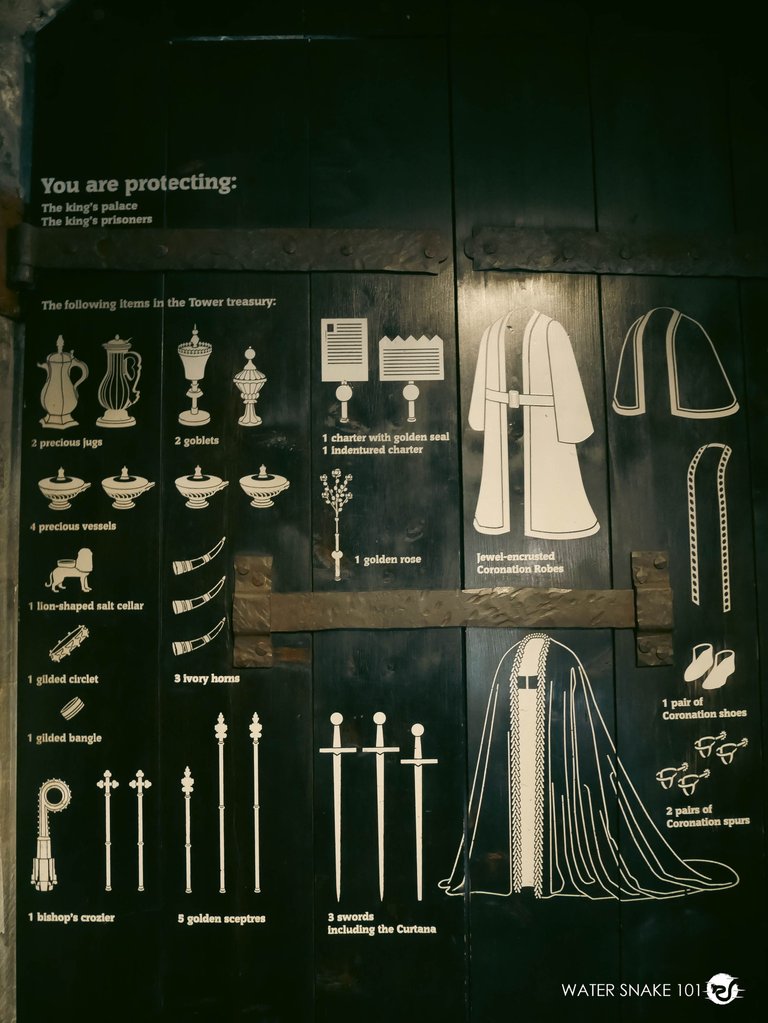
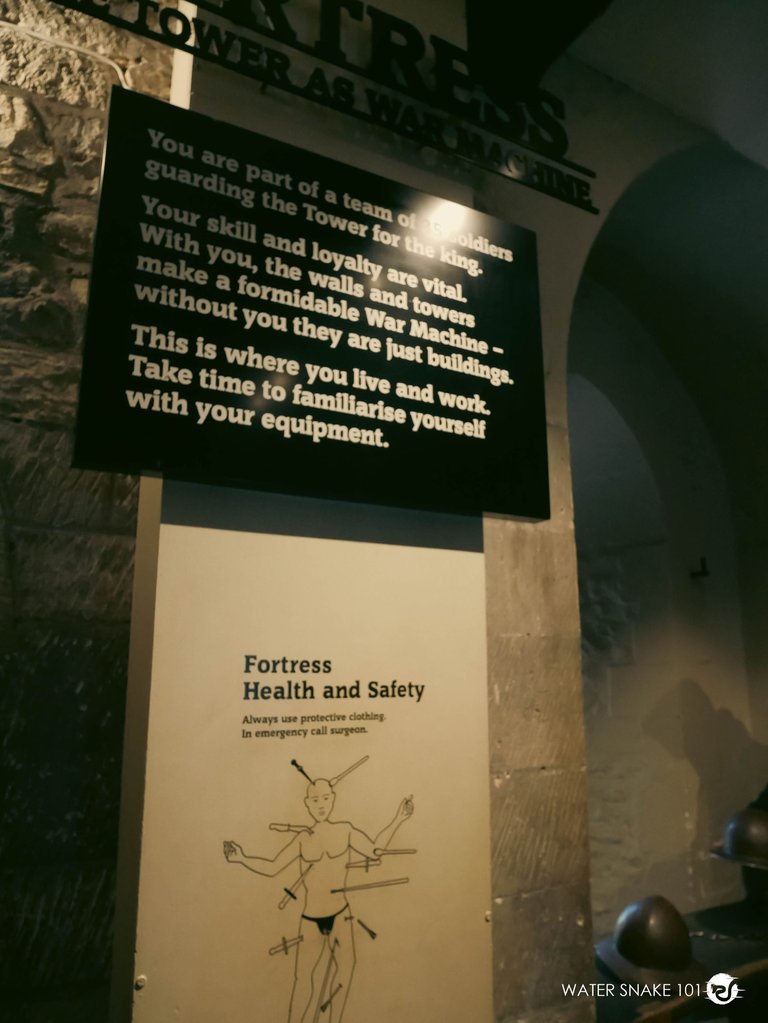
A sample of the chainmail used by the guards looks amazing but I could imagine would be very heavy during fighting.
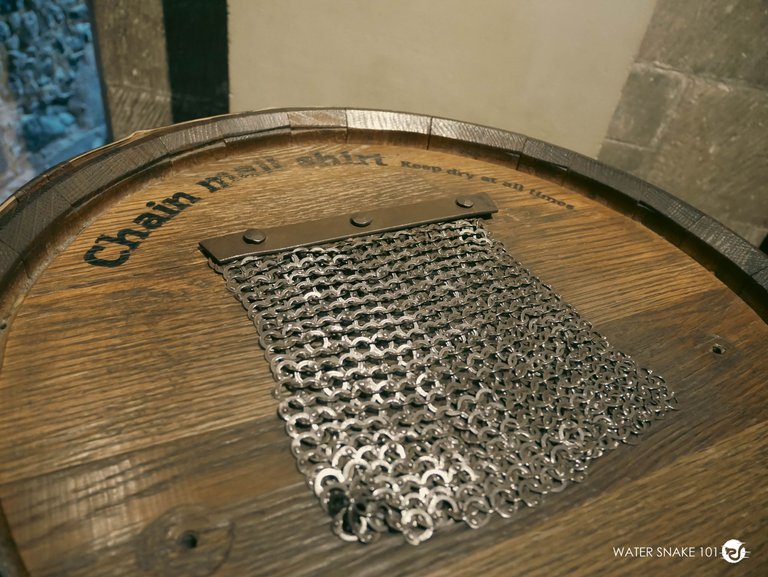
The crossbow that they used looks to be very devastating when used by the team of soldiers. Imagine being attacked by this weapon from the tower walls.
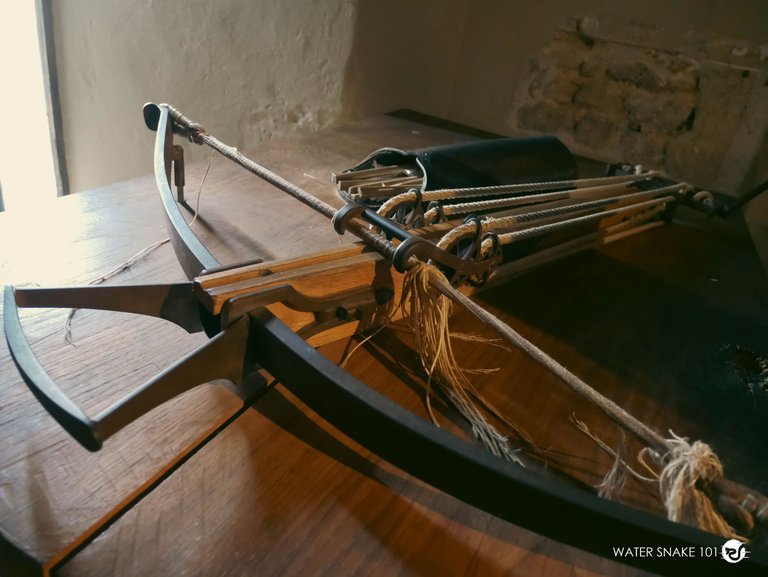

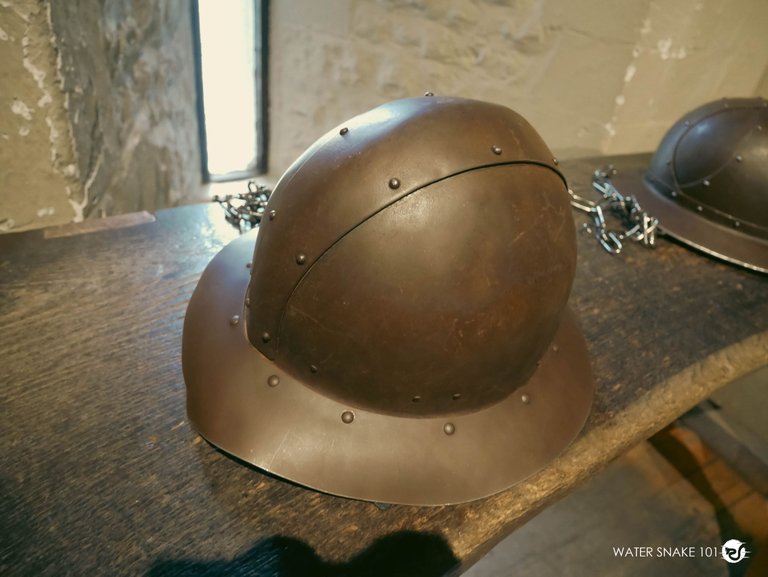
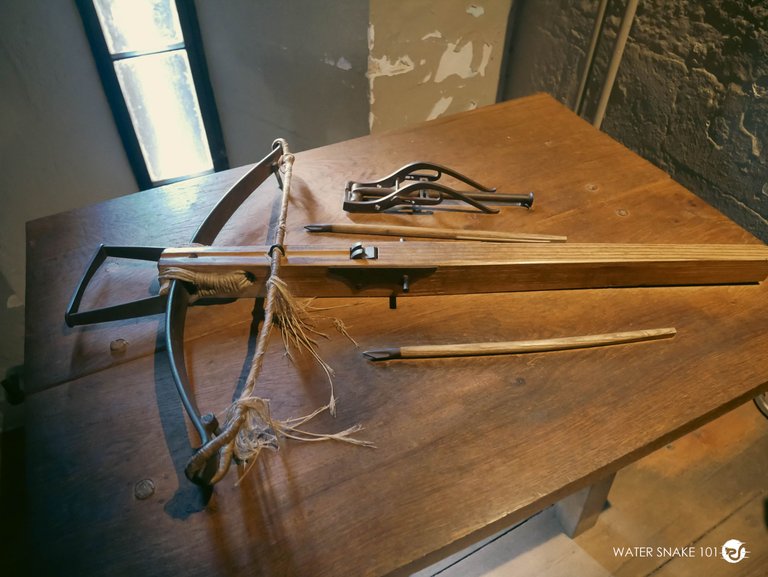
We crossed the walkway and gave us a view as a crossbowman. It was a perfect spot to defend this side of the castle.
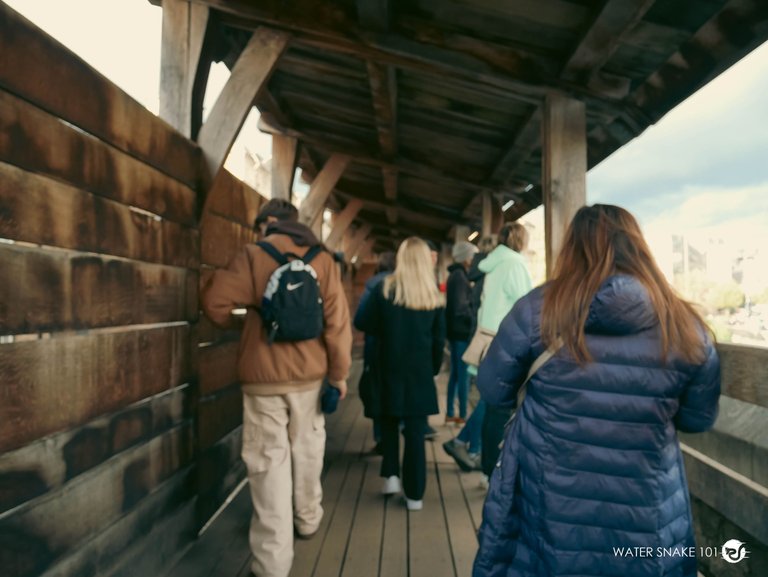
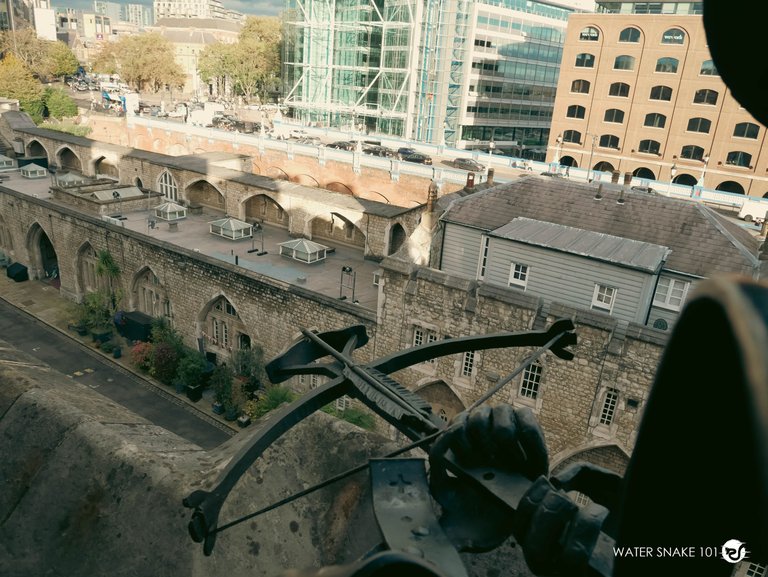
Just across the Broad Arrow Tower is the Constable Tower. This is where the Constable resides who is in charge of the whole castle.
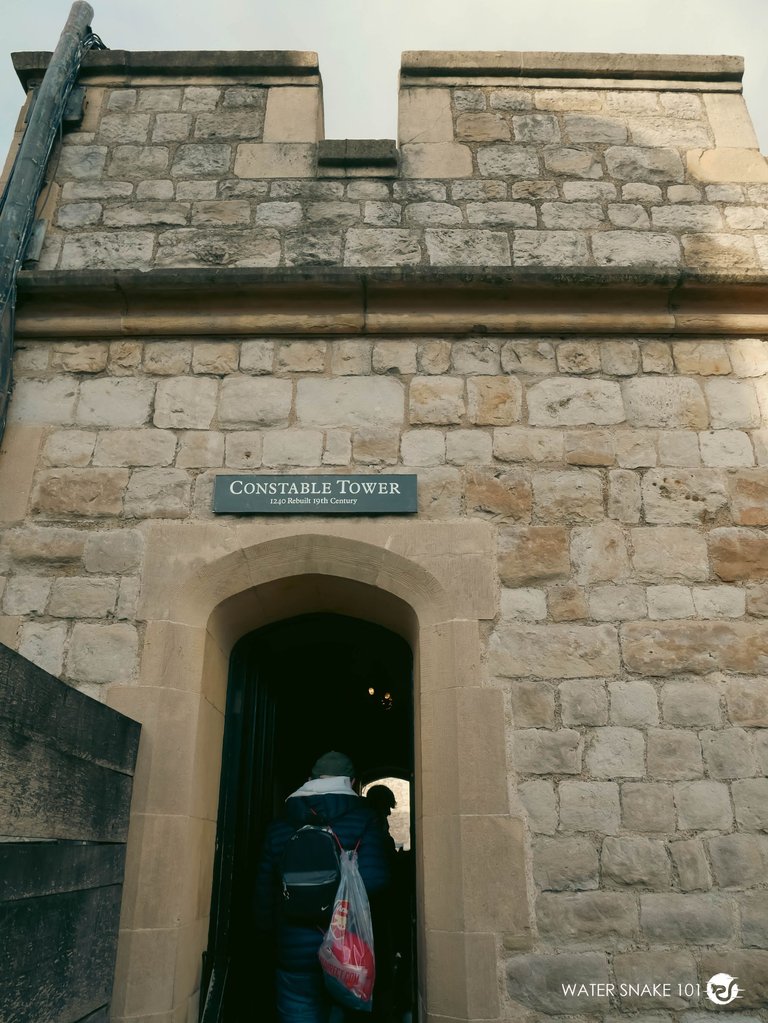
We didn't stay too long in the area and just stumbled upon a story of the revolt of the peasants. It tells a story of when the Archbishop was taken by the peasants and was beheaded. Eventually, the revolt was suppressed.
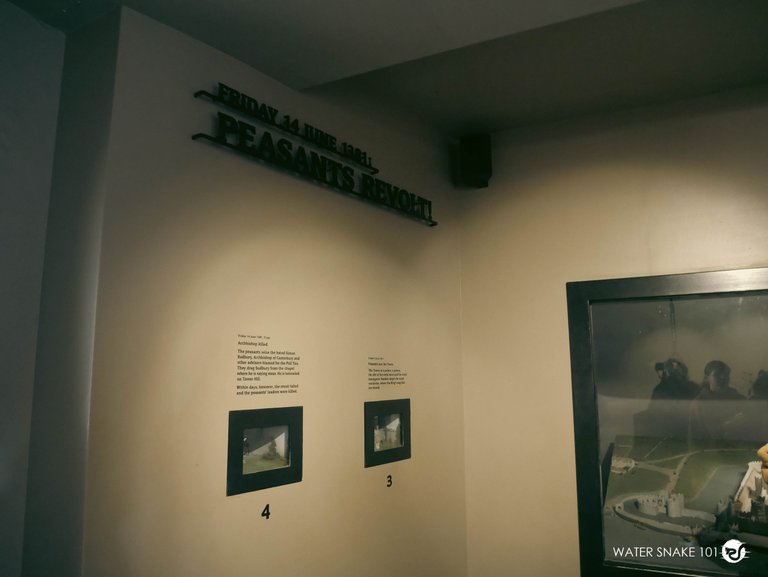
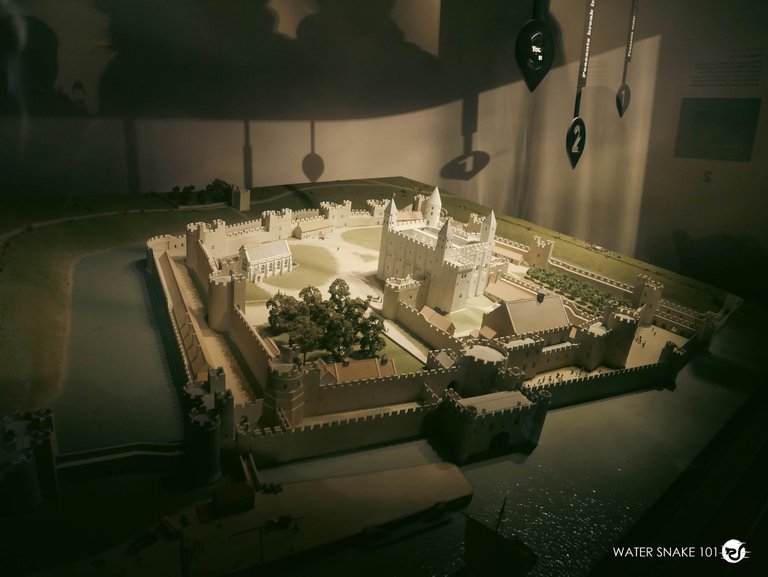
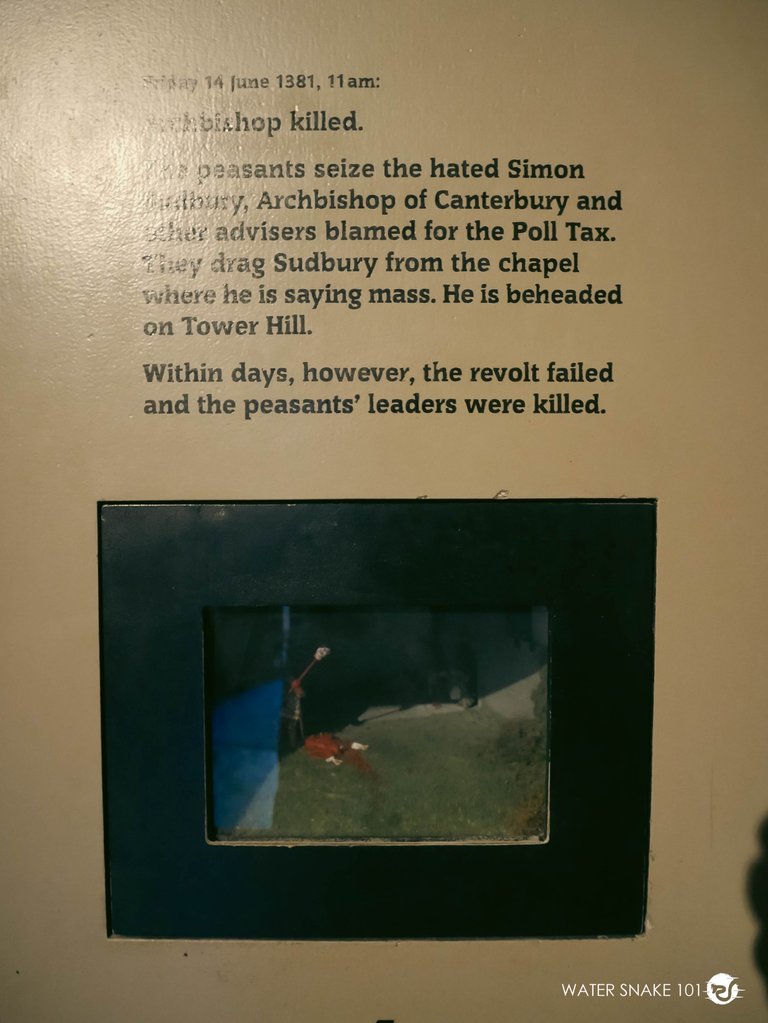
We have reached another end of the tower and the discovery never stops as we explore another tower.
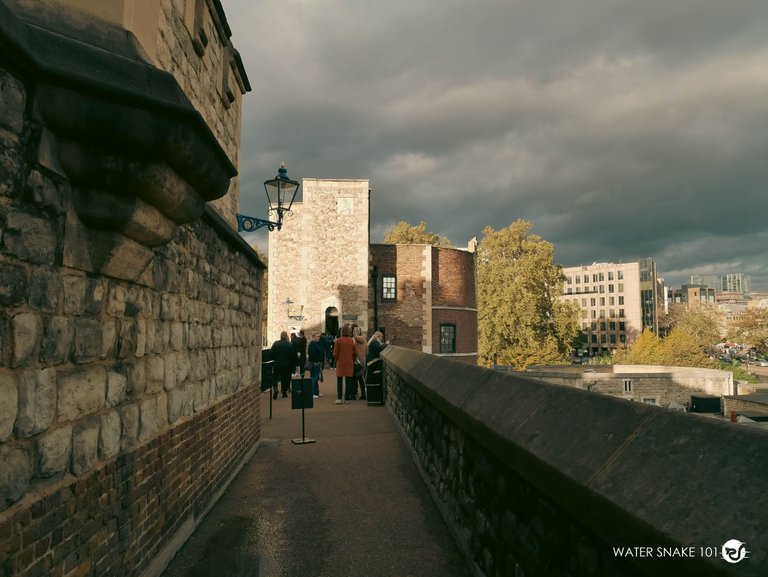
On this walkway, you can see the structure called the Oriental gallery which looks very interesting. On the ground floor, it has a souvenir shop where you can buy a lot of cool items.
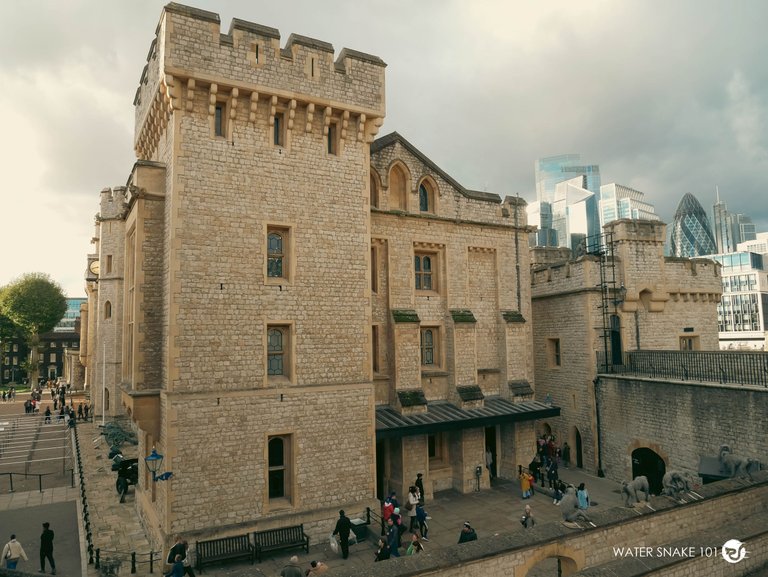
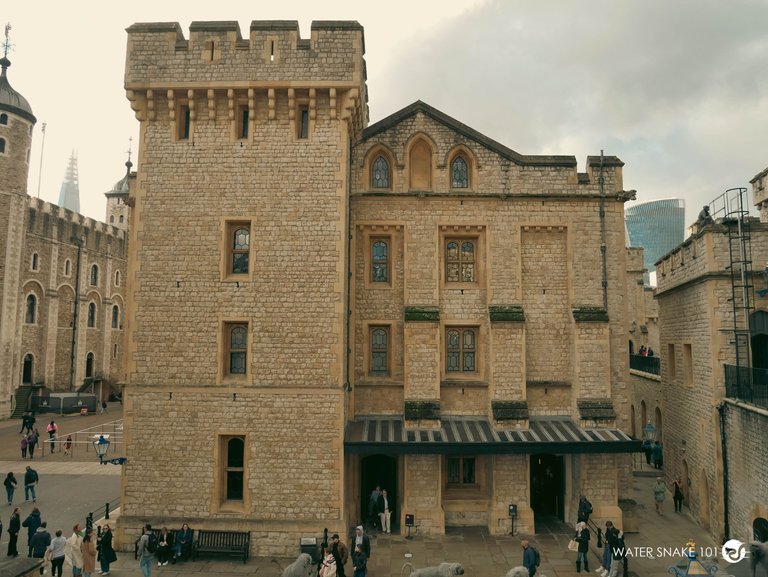
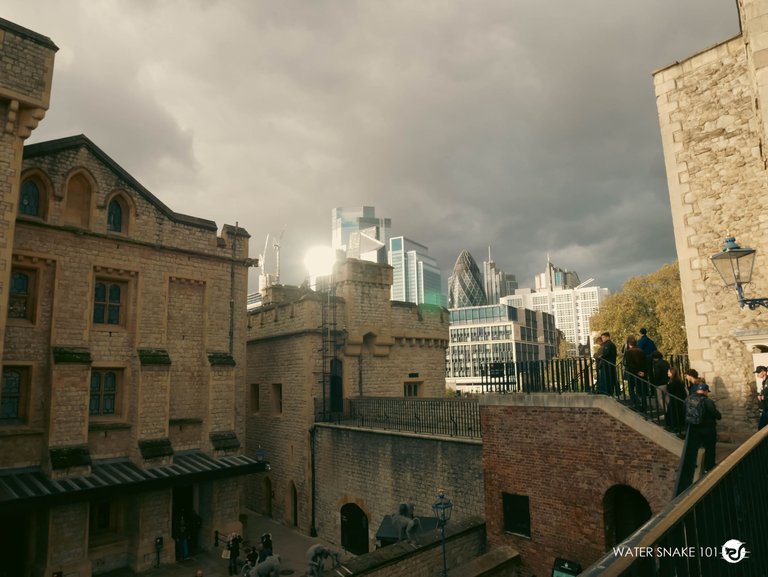
On the left is the Regimental Museum and I believe it is something that we missed visiting due to the time constraint.
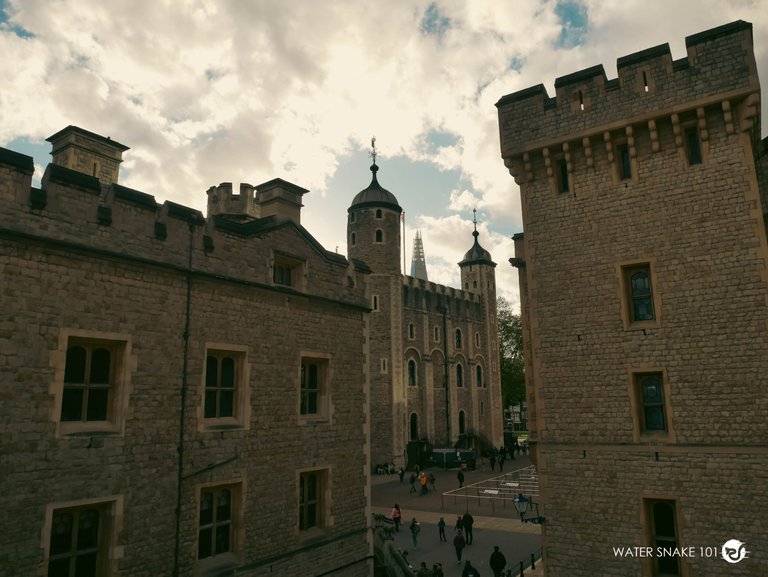
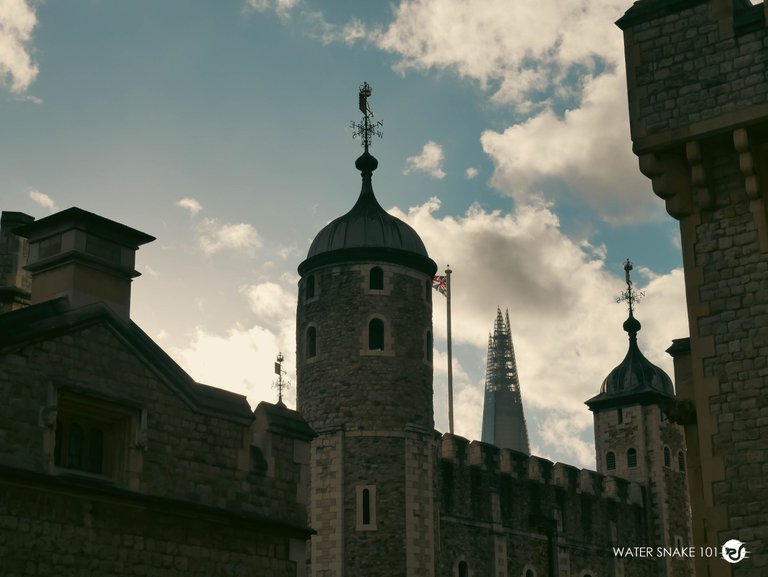
In this part of the castle, there are statues of monkeys on the walls which hints that there were animals imported inside the castle walls. We will discover more about them as we further explore the Tower of London.
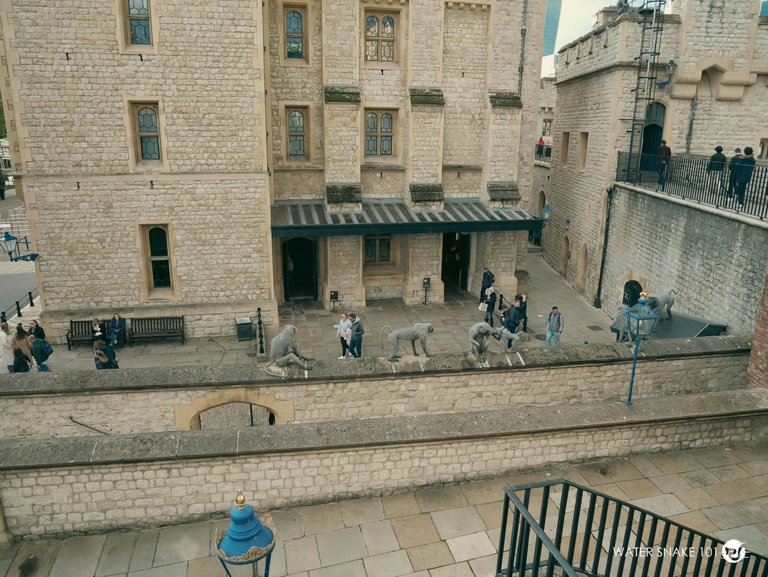
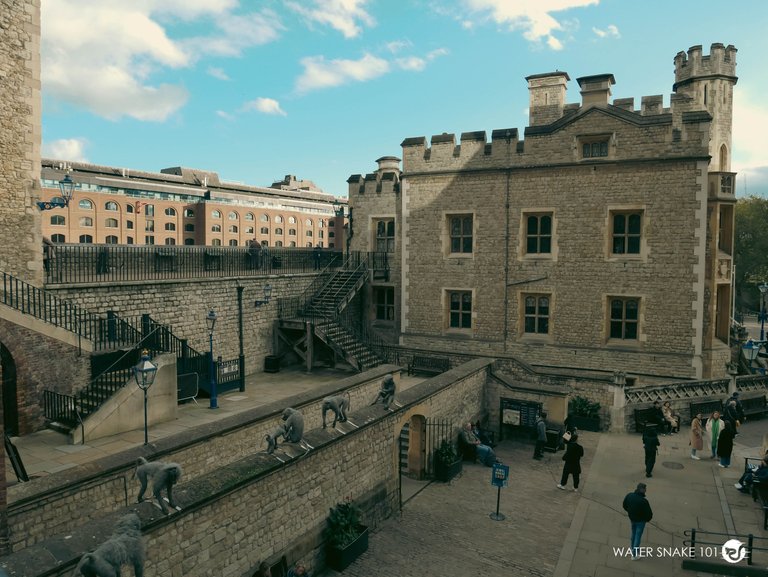
This ends a part of our tour in the Tower of London. Please join us again next time as we take you to the other towers and the inner part of the castle. Hope you enjoyed the tour and see you again soon.
Cheers!


All photos are original and taken with
Lumix GX85 12-32mm and Olympus 45mm f1.8


Lumix GX85 12-32mm and Olympus 45mm f1.8




